|
Patricia Tóth was born and raised in Hungary, but when it comes to making wines, she is pure Sicilian! Patricia is head winemaker at Planeta, where she specializes in wines from the volcanic terroir of Etna. I had the pleasure of meeting Patricia at a Winemaker’s Luncheon a few weeks ago to discuss and taste the wines of Etna. Patricia is quite engaging and her enthusiasm and passion for winemaking are contagious. Patricia told us that she always wanted to be a veterinarian, but fortunately for wine enthusiasts, her love of science took her down another path. She said, “I applied my interest in microbiology and decided to study Food Sciences at the university.” Patricia earned a degree in Food Engineering with a specialty in Procedures of the Fermentation Industry (wine and spirit fermentation) from the Corvinus University of Budapest in 2004. After graduation, she traveled between Italy and Hungary working as a winemaker for wineries in Hungary, Friuli and Piemonte. Her first connection with Planeta was during the 2005 harvest. She officially joined Planeta’s winemaking team full time in 2009. Patricia has been living on Etna for the past six years where in her spare time she cares for her own four-acre vineyard, growing only white varieties such as Furmint and Riesling. However, as head winemaker at Planeta, Patricia’s days are quite full, not allowing much time for idle hours. She is in charge of production and startup for the organization of the new estates on Mount Etna and Capo Milazzo. Patricia is also responsible for the Buonivini and Dorilli Cellars and all the sustainable farming projects. Impressive, right? Planeta was founded in 1985, but its family history of agriculture and winemaking in Sicily spans five centuries and seventeen generations. As seen on the map below, Planeta has five estates spread out from east to west in Sicily. The first vines were planted at Ulmo in 1985 and by 2015 they established their 6th winery, La Baronia at Capo Milazzo. Mount Etna is located on the northeastern corner of Sicily. Planeta has 32 hectares here of which 28 hectares of vines are in production. The vineyards are located on 4 different slopes, each with a different altitude. The volcanic soil is rich in stones and minerals but can vary in quantity, dimension and soil depth on the different terraces. Patricia said, “Etna is a map of eruptions as pertains to soil and grapes.” As one ascends the mountain the volcanic soil tends to get richer and darker from the lava flow. Temperatures vary from one area of the volcano to another, with Alpine conditions at the top and typical Mediterranean climate descending the mountain. An active volcano that provides black volcanic soil along with cool climate growing conditions and plenty of sunshine makes Etna an ideal location for making crisp white and racy red wines. I asked Patricia if living and working on an active volcano was worrisome. Patricia said, “We are happier when there are small eruptions as opposed to being silent. If it were silent then the pressure would start to build and that is not good.” Planeta planted their first vineyard on Etna in 2008, located on the north side. The first grapes they planted were Nerello and Carricante vines. We tasted through seven wines during a six-course meal of Japanese cuisine. All the wines paired beautifully with the meal. Brut Metodo Classico Sicilia DOC NV is made with 100% Carricante, handpicked from their highest vineyard, Sciaranuova at 850 meters above sea level. Lovely floral and citrus aromas segue to a delicate palate of subtle fruit, citrus, green apple and stone fruit. This is a dry wine with a creamy mouthfeel. Alcohol: 12.5% SRP: $39.99 Etna Bianco DOC 2017 is 100% Carricante handpicked from the Montelaguardia vineyard at 690 -720 meters above sea level. Aromas of white flowers, citrus, and stone fruit give way to a juicy palate of stone fruit, yellow plum and a nice expression of acidity. Alcohol: 13% SRP: $30.99 Eruzione 1614 Carricante Sicilia DOC 2016 is 90% Carricante and 10% Riesling. The grapes are sourced from the Sciaranuova vineyard. Patricia noted, “The Carricante is more compact and sharp at the higher elevation.” Aromas of stone fruit, citrus, honeydew and tropical notes segue onto the palate with a boost of minerality and lemon zest. Alcohol: 13% SRP: $42.99 Etna Rossa DOC 2017 is 100% Nerello Mascalese. The grapes are harvested from Pietramarina vineyard at 510 meters above sea level. Cherry, strawberry and a hint of baking spice envelope the nose while the palate offers red fruit, raspberry and pomegranate. Hints of pepper dance with floral notes on the finish. This wine is smooth and well structured. Alcohol: 14% SRP: $30.99 Eruzione 1614 Nerello Mascalese Sicilia DOC 2016 is a blend of 91% Nerello Mascalese and 9% Nerello Cappuccio. The grapes are sourced from three vineyard locations representing different altitudes. This wine has a lovely bouquet of red fruit, cherry, herbs and roses. The palate offers ripe fruit, spice, floral and hints of vanilla and pepper on the finish. Alcohol: 14% SRP: $42.99 Nocera Sicilia DOC 2017 is 100% Nocera. The grapes are handpicked from La Baronia vineyard at an altitude of 30 meters above sea level. La Baronia is on Capo Milazzo in the province of Messina, which is surrounded by the sea. This is a marine red wine with engaging aromas of red berries, juicy cherries, plum and floral. The palate offers lush fruit, a hint of herbs, smooth tannins and a dash of salinity on the finish. Alcohol: 13.5% SRP: $30.99 Mamertino DOC 2016 is a blend of 60% Nero d’Avola and 40% Nocera. The grapes are handpicked from La Baronia vineyard. Aromas of dark cherry, red fruit and sweet spice are followed by a rich expression of dark and red fruit, cherry, blackberry, dark chocolate, espresso, spice and lively tannins enveloping the palate. Alcohol: 13.5% SRP: $35.99 All of the above wines are of good quality and express the uniqueness of Etna and its dark volcanic soils. They are definitely worth exploring!
When asked how the local winemakers are receiving the “influx” of bigger wineries making a home on Etna, Patricia replied, “The local winemakers need our expertise and connections. We need their experience with the land. We impart this to one another.” And in turn, Planeta and Patricia are providing us with an opportunity to enjoy their delicious wines! Until next time… Cheers! Penina To leave a comment or if you have an inquiry, please contact me at [email protected] With 250 indigenous grape varieties officially registered in Portugal and fourteen regional wine areas, there is much to explore and a lot of wine to taste. A few months ago I wrote about Alicante Bouschet, the signature red grape of the Alentejo region of Portugal. Today the spotlight is on Antão Vaz (ANT-ow VASH), the star white grape of this region. But before we dive into exploring this grape, let’s do a quick review of the Alentejo wine region. Portugal is divided into fourteen regional wine areas, each with its own unique geography and climate. The Alentejo wine region covers a third of Portugal in the southern half of the country and enjoys a Mediterranean climate. The wines produced here come in a range of styles, influenced by the diversity of the climate and soil. The soil of Alentejo varies throughout its eight sub-regions. In fact, it has the most diverse soil of any region in Portugal. Interspersed amongst the mountains, hills and valleys, one can find soil with clay, limestone, quartz, granite, schist, sandstone and marble. Most of the soils are non-calcareous, meaning they are neutral or more acidic. Alentejo has 51,000 acres of planted vines that enjoy 3000 hours of sunshine annually. More than 80% of the grapes grown here are red, but whites are gaining momentum, especially Antão Vaz. Antão Vaz is a large, thick-skinned grape that is disease resistant and also highly resistant to drought, which makes it well suited to the hot and sunny climate of Alentejo. When grapes are picked early, the wines tend to be light and quite aromatic with citrus notes and crisp acidity. If the grapes are left longer on the vine, the wines can reach higher levels of alcohol, making the wine suitable for barrel aging. Antão Vaz is quite versatile and is made in a wide range of styles. It can be made as a single varietal but is often blended with other native grapes such as Roupeiro, Arinto and Perrum. I recently received a selection of wines that show how multifaceted Antão Vaz is. Esporão Monte Velho White Blend 2017 Herdade do Esporão has 450 hectares of vineyards planted in key agricultural areas. For this wine, grapes were harvested throughout the region, resulting from a partnership with suppliers from the different sub-regions of Alentejo. Monte Velho is a blend of 40% Antão Vaz, 40% Roupeiro and 20% Perrum. The color is vibrant lemon with aromas of citrus, stone fruit and hints of green apple. White flowers, citrus notes and peach layer the palate. Crisp acidity and a beautiful mouthfeel add richness to this wine. It’s easy to drink and will pair with a variety of food. It’s perfect to serve with Asian cuisine. Alcohol: 14.5% SRP: $12 Herdade do Rocim Mariana Branco 2017 is a blend of 60% Antão Vaz 30% Arinto and 10% Alvarinho. The grapes were harvested from the sub-region of Vidigueira in the lower region of Alentejo where the climatic conditions are the most temperate. The wine color is light straw with a tinge of green. Delicate aromas of floral, peach and hints of mango segue onto the palate with tropical fruit and lemon. This is a refreshing wine with nice acidity and good structure. Serve with seafood, appetizers, light pasta and salad. Alcohol: 12.5% SRP: $13 Fitapreta Branco 2018 is a blend of Antão Vaz, Roupeiro, Rabo de Ovelha, Tamarez, Arinto and Alcante Branco. Grapes are harvested from the sub-region of Évora located in the interior of Alentejo, which experiences typical mild and warm Mediterranean weather with more rainfall in the winter. The batches of grapes are fermented separately so as to preserve their distinctive qualities and only blended post-fermentation. The color is pale lemon with aromas of floral, citrus, candied apple and hints of minerality. Citrus, honey, pear, tropical fruit and just the right amount of acidity on the palate makes for a very refreshing wine. Serve with seafood, light appetizers and salad. Alcohol: 13% SRP: $22 Herdade da Malhadinha Nova Antão Vaz da Peceguina 2016 is 100% Antão Vaz. Malhadinha Nova is situated in Albernoa, in the heart of lower Alentejo where the climatic conditions are the most temperate. The color of this wine is golden with lively aromas of tropical fruit, tangerine and honey. Subtle flavors of tropical fruit, citrus peel and an undefined mineral taste on the finish add to a fresh and well-structured wine. Try pairing with grilled fish and vegetables. Alcohol: 13% SRP: $25 The above wines are quite nice and they have piqued my interest in tasting barrel aged Antão Vaz. The barrel aged wines allow for the fruity characteristics of this variety to evolve and the texture becomes smoother as well. I’ll be sure to share my notes with you when I delve deeper into the versatility of Antão Vaz.
Until next time… Cheers! Penina To leave a comment or if you have an inquiry, please contact me at [email protected] Yes, I have written several stories about wines in a can. It seems that many wine producers are jumping on board with this concept. And, I must admit I have sampled some very good wines in non-glass, all aluminum containers. They are lightweight, convenient to pack in picnic baskets, take to outdoor concerts and serve at barbeques and pool parties. Recently delivered to me were samples of Butternut Chardonnay and Rosé in a can. BNA Wine Group produces Butternut Wines. The company is headquartered in Nashville, Tennessee with a presence and partnerships in Napa Valley, CA. BNA Wine Group, founded in 2011, is comprised of three creative men each bringing their own unique talent to the table. They are fourth generation wine distributor John Hooper, second-generation winemaker Tony Leonardi and industry veteran Gary Carr. Their mantra is “discover the right vineyards, retain the natural characters in the grape, coax the best wine into the bottle and then offer the resulting wine at a great value.” I asked what BNA stands for, as it clearly has nothing to do with the names of the trio. BNA is the airport code for Nashville where all three made their connection…no pun intended! All the grapes for Butternut wines are sourced and produced in CA. The grapes are picked in September and early October contingent upon vineyard location and vintage and then immediately brought to the winery for production. I asked Tony to elaborate a bit on the wine production. He said, “Once primary fermentation is complete, or close to being complete, we then inoculate the wine with malolactic cultures. All of our Chardonnays go through 100% malolactic fermentation, but to balance the wine out we also like nice, crisp acidity. Our wine in bottles get 100% new French oak but the canned wines get just a small amount of oak. There is a lot less oxygen in the cans to help interact with the oak undertones. In the cans, oak seems to control aromas and flavors and blocks the freshness of the Chardonnay. We use minimal amounts of sulfur and try to keep the wines as varietally correct as possible.” Butternut Chardonnay is 100% Chardonnay with grapes sourced from California. The color of the wine is pale yellow with lovely aromas of floral, citrus, peach and Honeycrisp apples that segue onto the palate with hints of melon and a creamy mouthfeel. It is nicely balanced with acidity showing through. Alcohol: 13.9% SRP: $6.99 for a 375ml can Butternut Rosé is a blend of 50% Tempranillo and 50% Syrah. Grapes are sourced from the Central Coast of California. The color is dark salmon, bordering on orange. Aromas of floral, honeydew and citrus are subtle and the palate explodes with flavors of raspberry, tangerine, strawberry, red ruby grapefruit and crisp acidity. It is quite refreshing! Alcohol: 11.9% SRP: $6.99 for a 375ml can Butternut wines offer several varietals sourced from vineyards throughout California. Chardonnay, Rosé, and Pinot Noir are available in the can or by the bottle. BNA’s other brand, Humble Pie, offers Cabernet Sauvignon by the bottle only.
These wines are definitely worth checking out! Until next time… Cheers! Penina To leave a comment or if you have an inquiry, please contact me at [email protected] Navarra is one of seventeen autonomous regions in Spain located in the north-central end of the country, southwest of the Pyrenees and adjacent to France. Navarra’s capital, Pamplona, is world-famous for the Running of The Bulls. Ernest Hemingway’s passion for watching bullfights and his curiosity about the Running of The Bulls brought him to visit Pamplona several times. After experiencing The Running of The Bulls on his trip in 1925, he began writing the novel, “The Sun Also Rises” based on real people and events that took place on that particular visit. The book was published in 1926. Navarra is not just about bulls, however. It is steeped in history, has at least fifty natural preserves, offers quality cuisine and is a D.O. (Denominación de Origen or Designation of Origin) wine region. The Navarra D.O. was created in 1933 and there are approximately 11,500 hectares of vineyards that occupy about half the area of the municipal region. Although Navarra is a small region there are three climates. The Atlantic climate is cool and humid, Continental climate is transitional with extreme winters and summers and the Mediterranean climate is semi-arid with moderate winters and hot summers Due to Navarra’s diverse topography and climate, five distinct winemaking subzones were established within the D.O: Ribera Baja, Ribera Alta, Tierra Estella, Valdizarbe and Baja Montaña. A wide range of soils can be found in each subzone, adding to the characteristics and expression of the wines produced. The principal grape varieties found in Navarra are Chardonnay, Garnacha Blanca, Malvasia, Moscatel de grano menudo, Sauvignon Blanc, Viura, Cabernet Sauvignon, Garnacha Tinta, Graciano, Merlot, Mazuelo, Pinot Noir, Syrah and Tempranillo. Wines of Navarra recently sent me two samples from the subzones of Ribera Alta and Valdizarbe. Bodega Inurrieta is a family-owned winery located in Falces, about 45 minutes south of Pamplona and is in the Ribera Alta subzone. “Inurrieta” in Spanish means “area of ants” and is a tribute to the current owners of the winery, the family Antoñana. The winery was founded in 1999. The climate in Ribera Alta is Mediterranean-Continental with very little rainfall, cold winters and hot summers. Bodega Inurrieta has 230 hectares of vineyards planted on three elevations, each with a different soil makeup. Sand and silt are on the first level, a significant amount of clay on the second level and fragmented limestone bed on the third level. They grow six different grape varieties, one of which is Sauvignon Blanc. Inurrieta Orchídea 2018 is 100% Sauvignon Blanc. The color is pale lemon with inviting floral aromas mixed with citrus, pear and pineapple. The palate offers pear, grapefruit, honeysuckle and a touch of lemon zest on the finish. It has a beautiful balance of mouthwatering acidity and a creamy mouthfeel due to four months of tank aging on fine lees. It’s very refreshing and the value is amazing! Alcohol: 13% SRP: $12 Bodegas Nekeas, once a cooperative in the valley, (The Valley of Nekeas) is now a privately owned winery located in Añorbe, a municipality in the subzone of Valdizarbe. It’s origins date back to the 15th century but it was brought back to life in the 1960s. All eight founding families remain in control today. Valdizarbe is at the northern boundary of D.O. Navarra’s vineyards. The subzone climate is humid and lush with greenery and vegetation. Soil type in the vineyards is dependent upon the elevation. Bodegas Nekeas has 560 acres of planted vines where they grow both indigenous and international grape varieties. Bodegas Nekeas El Chaparral de Vega Sindoa 2016 is 100% Garnacha. El Chaparral is named after a small Spanish oak tree called Chaparro that surrounds the area where the vineyards are found. The grapes for this wine were hand harvested from vines between 85 and 110 years old that are situated in the Valley of Valdizarbe at an altitude of 1,800 – 2,000 ft. It is believed that these Garnacha plots are the most northern in Spain and the closest to the Atlantic Ocean. The climate here is Continental with both Mediterranean and Atlantic influences. The wine was aged for five months in new and used French oak.
The color of the wine is dark ruby bordering on garnet. Aromas of raspberry, sweet flowers and spice segue onto the palate with red plum, baking spice, vanilla and a touch of pepper on a long finish. The wine is perfectly balanced and is rich and smooth with a playful mouthfeel. Alcohol: 15% SRP: $15 Both wines are light and easy to drink and will pair well with an array of food from fish to meat. I’m looking forward to tasting more wines from the other subzones of Navarra. So much to explore! Until next time… Cheers! Penina To leave a comment or if you have an inquiry, please contact me at [email protected] You might be wondering what Malbec World Day is and why it’s celebrated on April 17th. I was curious as well, so I did a little research. In 2011, Lis Clément who at the time was head of Marketing and Communications of Wines of Argentina established Malbec World Day. Her goal was to communicate to the world that Malbec was the “pearl” of Argentina. April 17th is significant because it commemorates the day back in1853 when Argentina’s president, Domingo Faustino Sarmineto formally began his quest to transform Argentina’s wine industry. Today, Argentina is the leading producer of Malbec in the world. And according to Wines of Argentina, it has over 97 acres of vineyards planted across the country. To get in the spirit of Malbec World Day, I was sent a few bottles of wine to review from Bodega Colomé winery situated in the Upper Calchaquí valleys in the Salta region of northwestern Argentina. Bodega Colomé is considered one of the highest altitude wineries in the world ranging from 2300 to 3111 meters above sea level. The estate was founded in 1831 and is one of the oldest running wineries in Argentina, which is now owned by the Hess Family since 2001. The high altitude, maximum sun exposure and extreme day to night temperatures of up to 36-degree difference in the Salta region create a perfect scenario for producing intense and expressive wines of Torrontés and Malbec, the signature grape varieties of this area. Colomé Estate Malbec 2016 is 100% Malbec blended from four estate vineyards. Colomé vineyard surrounds the winery at an altitude of 2300 meters and represents 65% of the blend. El Arenal vineyard is at 2700 meters and represents 25% of the blend, followed by Altura Máxima vineyard at 3111 meters and La Brava vineyard at 1700 meters, each contributing 5% of the blend. The wine is aged for 15 months in French oak barrels and 6 months in the bottle. Dark purple in color, the nose is greeted with intensely dark and red fruit aromas, floral notes and spice. The palate offers sumptuous flavors of blackberry, blueberry, violet, nutmeg, dark chocolate and a hint of pepper. Tannins are medium with a velvety mouthfeel. This is a beautiful wine to drink now and it will only get better with age. Alcohol: 14.9% SRP: $25 Colomé Auténtico Malbec 2017 is 100% Malbec. The grapes are grown at an altitude of 2300 meters and harvested from vineyards over 100-years-old. The wine is produced in the old winemaking style, using ancient techniques such as pigeage and no oak influence. This is another intensely dark purple color with aromas of dark fruit, cherries, sweet spice and a hint of floral. The palate is lush with concentrated dark fruit, baking spice, sweet plum and the slightest hint of pepper on the finish. It is fresh and crisp with soft tannins and a lengthy finish. This wine has lots of energy and is truly expressive of the terroir. Alcohol: 14.5% SRP: $30 Although this story is about Malbec World Day, I would be remiss if I didn’t introduce another aromatic and flavorful flagship white grape of this region. Colomé Torrontés 2018 is 100% Torrontés and harvested from the La Brava vineyards. Due to the microclimate, solar exposure and altitude, the grapes make expressive wines that are aromatic and have great acidity. The color of this wine is pale lemon with heady floral aromas of rose petals, peach and hints of citrus and apricot. Perfume, honeydew, pear, grapefruit and a trace of sweet spice linger on a long finish. This is a beautifully balanced wine with fresh acidity. It was quite enjoyable as an aperitif! Alcohol: 13.5% SRP: $15 So, on April 17th, open a bottle of Malbec and savor this full-bodied wine with its rich fruit flavors and you’ll see what the celebration is all about!
Until next time… Cheers! Penina To leave a comment or if you have an inquiry, please contact me at [email protected] When last I spoke of “Rubio” and “Blanca” in 2016, Rubio was on his Vespa either running away with a case of wine or pursuing Blanca in the hopes of sharing the wine with her. These whimsical labels certainly conjure up all sorts of scenarios! Paolo Masi, who is a third-generation winemaker at Renzo Masi winery, makes both of these wines. Fattoria di Basciano is the estate owned by the Masi family since the start of the 1900s. Located in the south of Florence in Tuscany’s Rufina district, the estate sits on a hill overlooking the Argomenna Valley on one side and the right bank of the Sieve river on the other. It is considered one of the best areas for Sangiovese grapes after the “Classico” region. The Renzo Masi winery produces a broad spectrum of wines from entry-level to fine wines. Renzo Masi’s motto is “Big enough to be broad-minded. Small enough to care about the details”. Affectionately called “Rubio and “Blanca”, Il Bastardo Sangiovese di Toscana IGT 2017 and La Bastarda Pinot Grigio di Siciliane 2017 are entry-level wines with an impressive “bang for the buck!” La Bastarda Terre Siciliane IGP 2017 is 100% Pinot Grigio from Sicily. Grapes are picked before they lose their natural acidity and become too sweet. The color of the wine is pale yellow with citrus notes, floral, and peach on the nose. My palate was entertained with flavors of grapefruit, lemon, honeysuckle, peach and hints of green apple. This is a fresh and lively wine with good acidity and balance. Serve as an aperitif or pair with shellfish, light pasta, fish and mild cheese. I think Blanca has the right idea to sip this wine while enjoying the beach. Alcohol:12.5% SRP: $9 Il Bastardo Rosso di Toscana IGT 2017 is 100% Sangiovese mostly picked from Tuscany’s Rufina district, but also includes grapes from nearby vineyards. The color of the wine is dark ruby with aromas of cherry, dark berries and hints of spice that segues onto the palate with a touch of fennel and pepper on the finish. This is a medium-bodied wine with soft tannins and a silky mouth-feel. Pair with grilled meat, fowl, pasta and cheese. Alcohol: 13% SRP: $9 I can certainly understand why Rubio might want to abscond with Il Bastardo wine to keep for himself. But being a romantic, I’d like to think that Rubio is in hot pursuit of Blanca and can’t wait to share a bottle of Sangiovese with her. And, although Blanca, a strong and independent woman appears to be quite content sitting by herself with a delicious glass of Pinot Grigio, I think she is longing for the day when Rubio will ride up on his Vespa to join her. What do you think?
Until next time… Cheers! Penina To leave a comment or if you have an inquiry, please contact me at [email protected] Over the past several weeks I’ve been tasting and exploring wines for yet another wine certification that I am presently studying for. I always enjoy exploring wine regions from around the world via my wine glass and with this wine course I’m sampling lots and lots of wine. For the most part, I prefer bone-dry to slightly off-dry wines. Although I am not partial to sweet wines, I do enjoy a variety of dessert wines from Hungary, Sicily, France and Germany to name just a few countries. And then there is Riesling. Riesling is a white aromatic grape and the most widely planted grape variety in Germany. One of the many great things about German Riesling is the variety of sweetness and styles available to drink. The styles range from bone-dry to very sweet and German wine labels make it very easy to choose a style of Riesling to suit one’s palate. Wines are usually variety labeled and classified by the level of sugar in the grape juice called “must weight”. There are four quality categories: Deutscher Wein, Landwein, Qualitätswein (QbA) and Prädikatswein. Prädikatswein category is divided into levels of ripeness that the grapes have achieved by the time they are harvested. These levels are Kabinett, Spätlese, Auslese, Beerenauslese, Eiswein and Trockenbeerenauslese. As you can see by the chart, Trockenbeerenauslese is the sweetest. As part of the course requirement, I recently opened a bottle of Riesling Spätlese. Spätlese is a late harvest wine. The grapes are picked after the normal harvest and the wines are more concentrated and have more intense flavor than Kabinett. Dr. Hans VonMüller Riesling Spätlese 2016 is 100% Riesling from the Mosel region. The wine is pale lemon with aromas of peach, grapefruit, honeysuckle and lemon zest. The palate offers apricot, peach, lemon, honeysuckle and minerality. For someone that prefers bone-dry wines, I found this to be very drinkable. It is perfectly balanced between the acidity and sweetness. Drink as an aperitif or with light cuisine. Alcohol: 7.5% SRP: $15.99 I will be exploring the other levels of the Prädikatswein categories at a future time.
Until next time… Cheers! Penina To leave a comment or if you have an inquiry, please contact me at [email protected] Winter is just around the corner and we’ve already had a taste of snow, about eight inches worth! During this unexpected snowfall, I took inventory of the many samples that I’ve received of late and decided this would be a great time to open a few bottles from the Rhône Valley. The Rhône Valley is a grape-growing region located in Southern France. The Northern Rhône has seven major appellations consisting mostly of steep hillsides and stone filled soils including limestone, minerals, clay and gravel. The climate is continental and is influenced by the mistral wind with the winters tending to be tough and the summer months warm. The signature grape is Syrah and it is the only red grape permitted here. Viognier, Marsanne and Roussane make up the white varieties. The Southern Rhône produces about 95% of all wine in the Rhône Valley. It has six major appellations that are situated on flatter terrain consisting of stony soil including limestone, clay and sand. The climate is Mediterranean with mild winters and warm, dry summers. Thirteen grape varieties are allowed, both red and white with Grenache as the signature grape here. More than two-thirds of Rhône Valley wines are bottled as Côtes-du-Rhône, with the appellation covering Northern and Southern Rhône. So, with these tidbits of information in mind, let’s talk about Ferraton Père & Fils. If you’ve been following my stories, you probably recognize this name. I’ve written about their wines on several occasions and at the risk of repeating myself, here is a condensed version of a previous story. Ferraton Père & Fils estate is located in Tain l’Hermitage and was founded in 1946 by Jean Orëns Ferraton. His son Michel, inheriting the same passion as his father, introduced the first Hermitage, Crozes-Hermitage and Saint-Joseph wines to the world. Michel Chapoutier, a highly regarded winemaker and close friend of the Ferratons’ introduced organic viticulture to the vineyards in 1998 and he eventually formed a partnership with the Ferratons. By 2000, all of the vineyards were converted to biodynamic farming and are now certified organic. Twenty percent of Ferraton production is estate wines with grapes coming from the domaine’s 37 acres in the Northern Rhône’s Hermitage, Crozes-Hermitage and St. Joseph appellations. The rest is sourced from sustainably farmed fruit in both Northern and Southern Rhône appellations. What began in 1946 as a .3-hectare estate (some of these vines still produce fruit), Ferraton now has an annual production of about 350,000 bottles. Today, oenologist Damien Brisset heads Ferraton and is supported by a young, dynamic team with an average age in the mid-thirties. Côtes-du-Rhône Samorëns Blanc 2017 is a blend of 60% White Grenache and 40% Clairette. The color is lemon with aromas of blossom, pear, melon and citrus. The palate offers honeysuckle, pear, lemon, apple and hints of fennel. This is a refreshing wine with great balance and crispness. Drink as an aperitif or with light cuisine such as seafood, cheese and salads. Alcohol: 14% SRP: $16 Côtes-du-Rhône Villages Plan de Dieu 2017 Plan de Dieu means “God’s Plan” in French and is a Côtes-du-Rhône village that has had its AOC status for red wines since 2005. Vineyards here date back to at least 1362. This wine is a beautiful blend of 65% Grenache, 25% Syrah and 10% Mourvèdre. Lush aromas of black fruit, raspberry, cherry and spice segue onto the palate and become more defined. Blackberry, dark plum, black currant, pepper, vanilla and hints of savory linger on a long finish. Ripe tannins and a silky mouth-feel complete this expressive wine. Pair with grilled meats, game, dense fish and stews. Alcohol: 14% SRP: $18 I have always enjoyed the wines from Ferraton Père & Fils. The price to value ratio is impressive and these are great wines to have on hand for the holidays.
Until next time… Cheers! Penina To leave a comment or if you have an inquiry, please contact me at [email protected] What does a Greek engineer from Santorini do when he can’t find an excellent Greek wine to drink while living in San Francisco? He finds a winery in Sonoma, imports Greek grapes and makes Greek wine! Georgós Zanganas is the founder and president of Georgós Wine. Zanganas imports grapes from Greece by boat carried in special bladders and brings them to Sonoma. The grapes are then blended and aged by consultant winemaker Robert Rex who uses Old World techniques to make the wine. Rex just received the 2018 Winemaker of the Year award bringing the total amount of awards he’s been given to an impressive 301 over the past forty-five years. The wines originate from the highest quality 100% NON-GMO and sustainably grown grapes that are handpicked and triple hand sorted. The wines are comprised of premium Sonoma and Greek fruit. All the wines are handcrafted with no added sugar and low sulfites. Enter Robert Davi, tough guy actor known for his roles in License To Kill and Die Hard. In addition to appearing in more than 130 films, Davi is also an accomplished screenwriter, director, producer and jazz vocalist! Davi recently partnered with Georgós Wine after he purchased a bottle of Georgós’ Santorini Wine and fell in love with it claiming, “it’s one of the smoothest damn wines I’ve ever had”. After then tasting Georgós line of red wines and being dually impressed, Davi reached out to Georgós Zanganas. One thing led to another and now Robert Davi is a partner and brand ambassador for the wines. Georgós Wine produces five small batch wine varieties. I had the opportunity to sample two of the wines. Santorini Sophia’s Smile 2017 is made of 100% Assyrtiko grapes. It is the most well known white grape of Greece and comes from the Cyclades island of Santorini. Assyrtiko grows in the rich volcanic soil of the island and makes up about 70% of the vineyards there. Vines range in age from 60 to 250 years old. The color of this wine is gold and slightly cloudy due to minimal filtration. The nose offers citrus, minerality and hints of the sea. The palate is layered with pear, tart apple and lemon. It is bone-dry, crisp and filled with minerality, acidity and is quite earthy. The finish is creamy and smooth. Drink as an aperitif or serve it with seafood, fowl and even meat dishes. Alcohol: 12% SRP: $23 Corfu Siren’s Lure 2014 is a Bordeaux style blend made with Cabernet Sauvignon, Cabernet Franc, Malbec and Merlot from Sonoma and Saint George (Agiorgitiko) from Nemea, a region in the Peloponnese area of Southern Greece. Agiorgitiko is the most widely planted grape in Greece. The color is deep plum with juicy aromas of dark berries, plum, floral, spice and hints of black cherry. The palate is a myriad of delightful flavors made up of dark and red berries, plum, blackberry, blueberry and spice. The finish is a long finale of clove, vanilla, pepper and hints of black cherry. This is a beautifully balanced wine with soft tannins and a silky texture. This wine will stand up to spicy stews, grilled meats, piquant cheese and dark chocolate desserts! Alcohol: 14.4% SRP: $31 To quote Georgós Wine,
“Winemaking is 60% cooking – Cooking is about taste - Taste has no rules.” Until next time… Cheers! Penina To leave a comment or if you have an inquiry, please contact me at [email protected] The Herzog family is no stranger to the wine world. Their winemaking origins date back almost a century ago in Slovakia with Philip Herzog who produced wine for the Austro-Hungarian court. Emperor Franz-Joseph was so impressed with the wines he gave Philip the title of Baron Philip Herzog. World War II changed everything for the Herzog family. Philip’s grandson Eugene had to hide the family from the Nazis until the end of the war. Unfortunately, three years later the new Czech communist regime forced the Herzog family to leave their home once again. They abandoned most of their worldly possessions including their royal status and came to America in 1948. Eugene, his wife, six children and two war orphans settled in the Williamsburg section of Brooklyn, NY. Eugene found a job at a small kosher winery where he made sweet wines from Concord grapes. Eugene was compensated for a portion of his work in company shares that were essentially worthless. However, in 1958 all the other shareholders gave up their shares, leaving Eugene and his sons the business. As a tribute to his grandfather Philip, they called it Royal Wines. The Herzog family expanded their business in 1985, taking the winemaking operations to California. After 20 years of renting space at other wineries, the family built and now owns a state-of-the-art winery south of Santa Barbara in the town of Oxnard. Joe Hurliman is the head winemaker and oversees the high-end production of kosher winemaking while maintaining tradition. They have two labels: Baron Herzog and Herzog Wine Cellars and they have quite an impressive portfolio of wines. I recently received a sample of 2017 Herzog Lineage Sauvignon Blanc Musque Clone, Lake County. The wine is 100% Sauvignon Blanc. The Musqué clone is a rare type of Sauvignon Blanc grape that originated in Bordeaux. Most of the vineyards in Lake County are planted above 1500 feet and are influenced by Clear Lake, the largest inland body of water in California. The air is pure and clean and grapes benefit from ideal climate conditions with rich and varied soils. The color of the wine is pale yellow with notes of floral, citrus and sweet melon on the nose. The palate offers a creamy mouth-feel with bright acidity, honeysuckle, juicy pear and hints of minerality and lime zest on the finish. This is a very refreshing and easy wine to drink. It will pair well with light pasta dishes, cheese and most seafood. Alcohol: 14% SRP: $19.99 I served the wine with crusted baked salmon and roasted vegetables. It was a perfect match! Until next time…
Cheers! Penina To leave a comment or if you have an inquiry, please contact me at [email protected] |
Categories
All
|
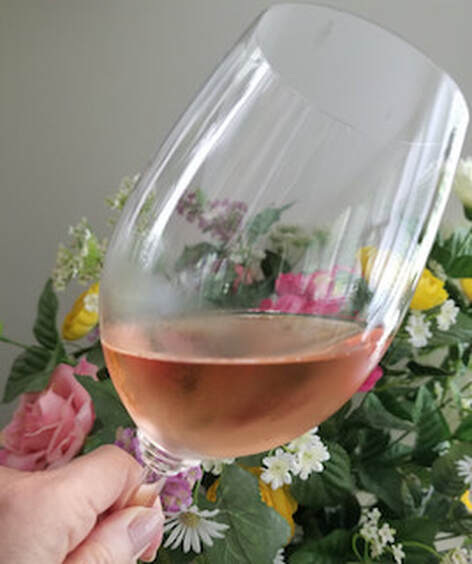
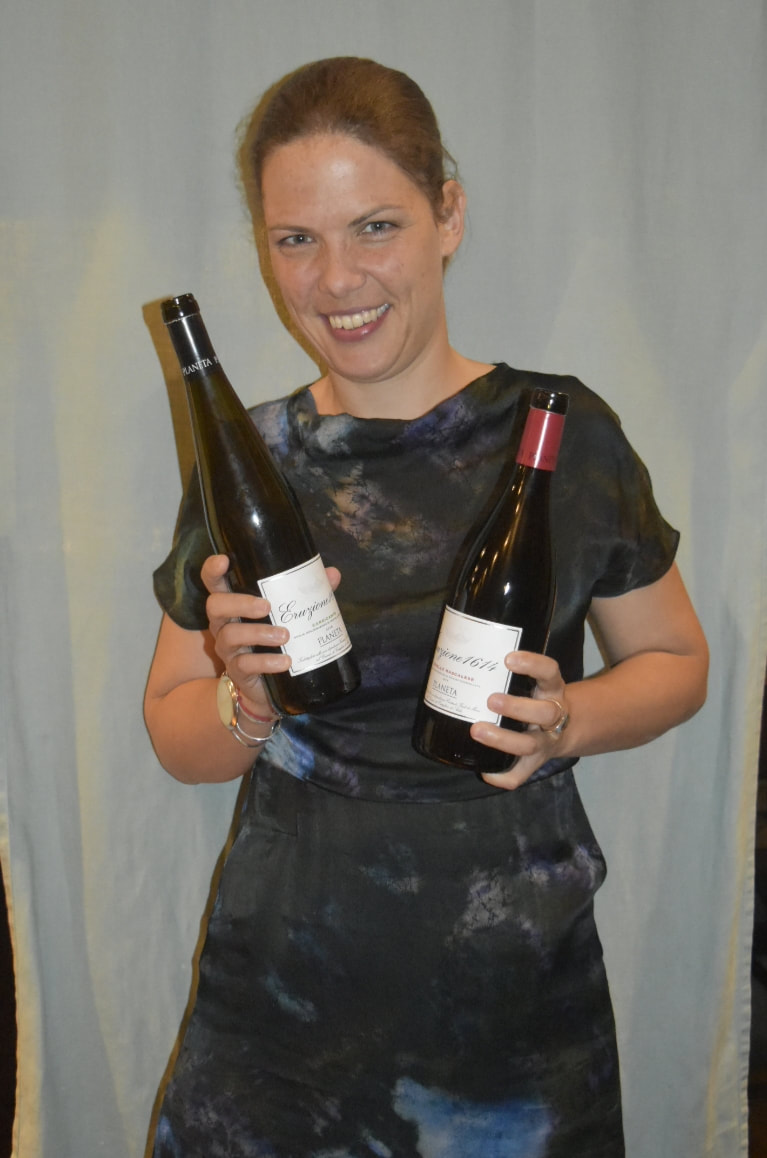
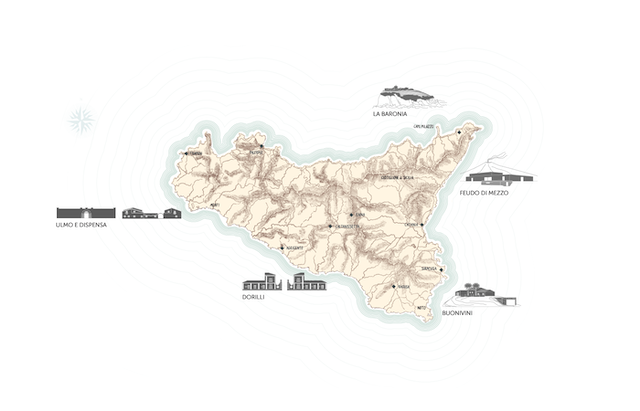

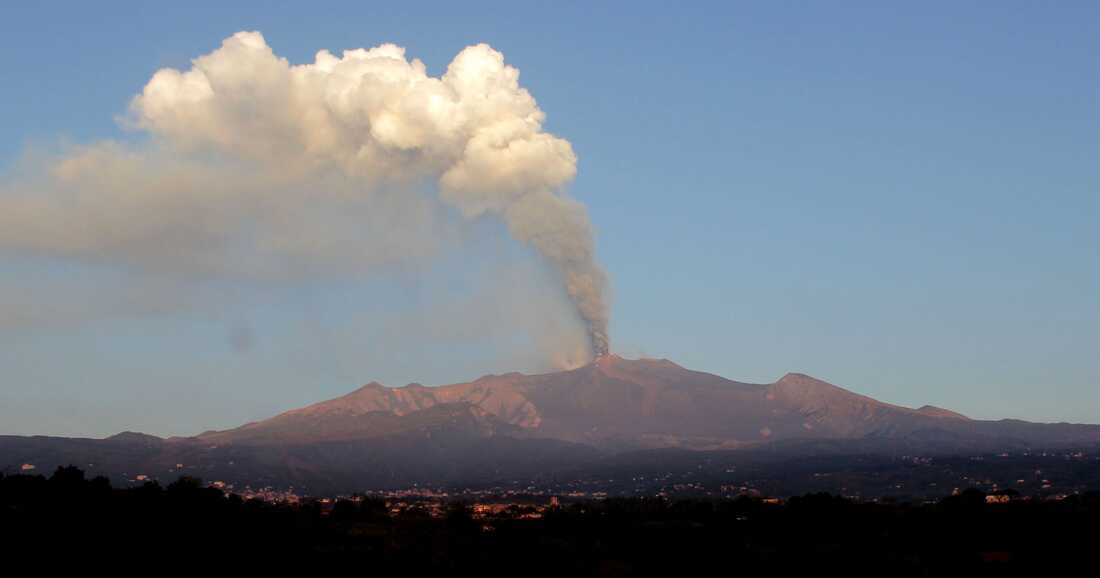
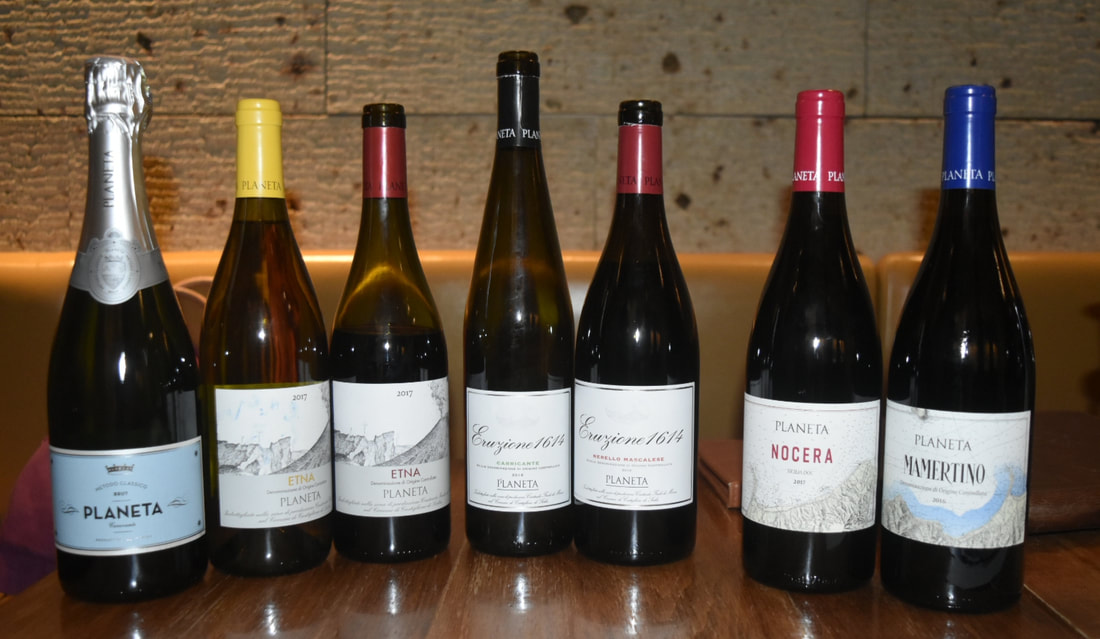
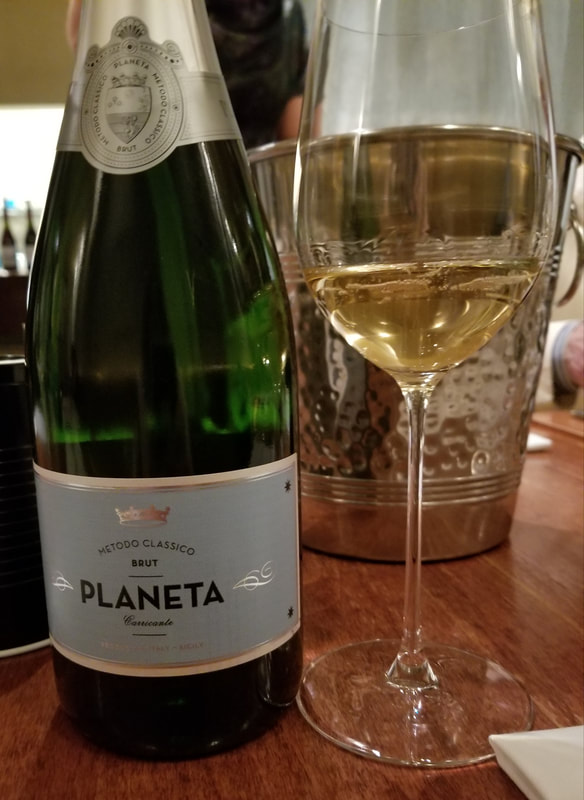
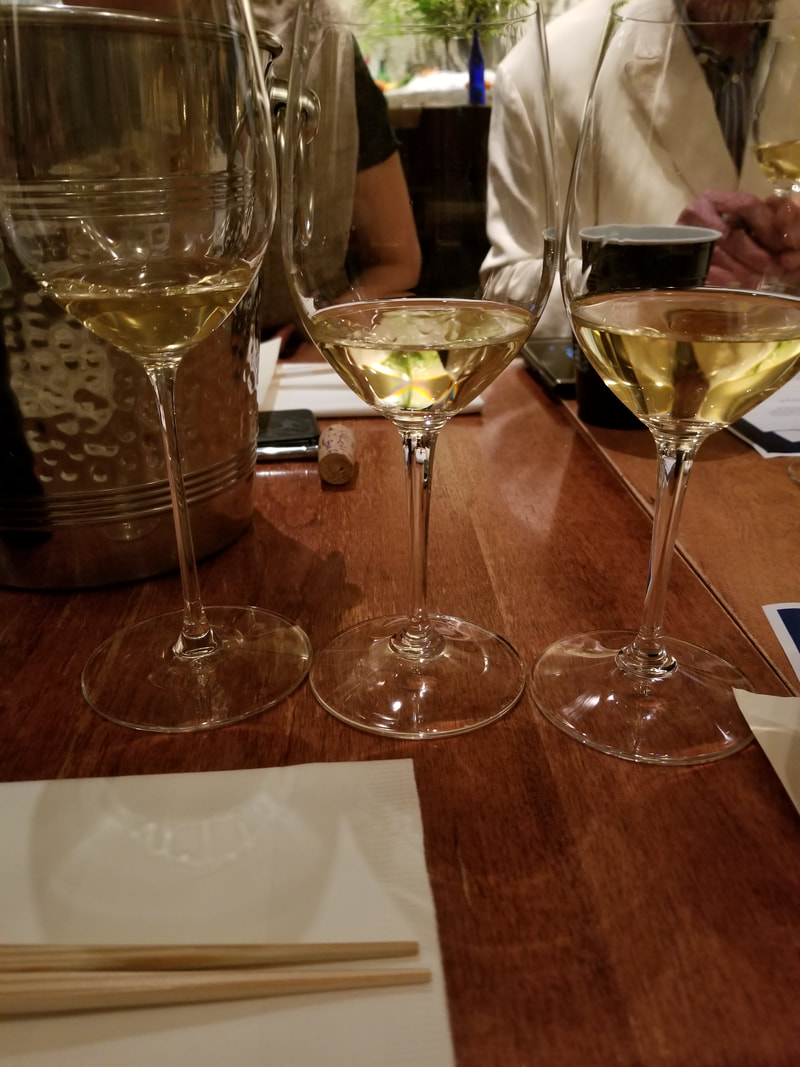
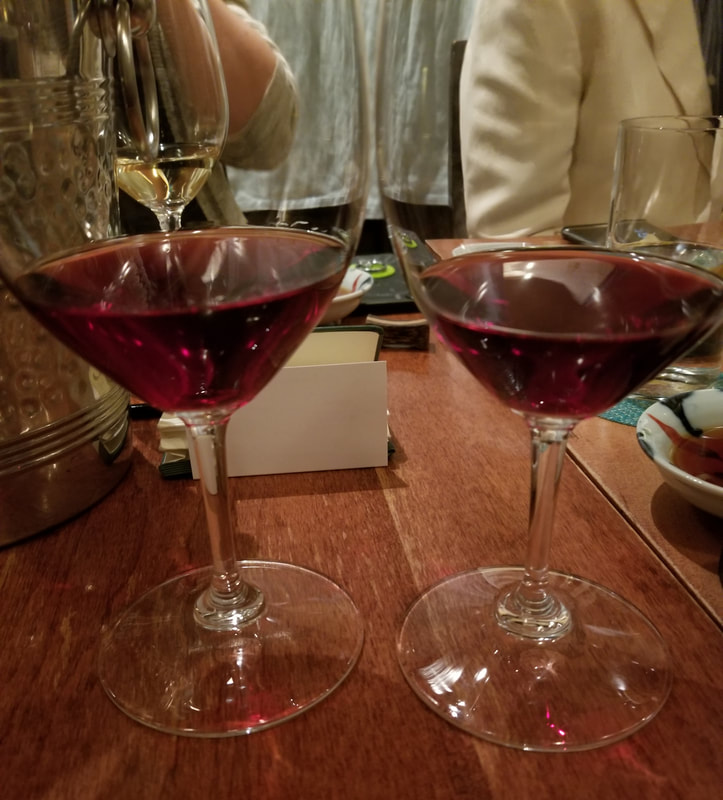
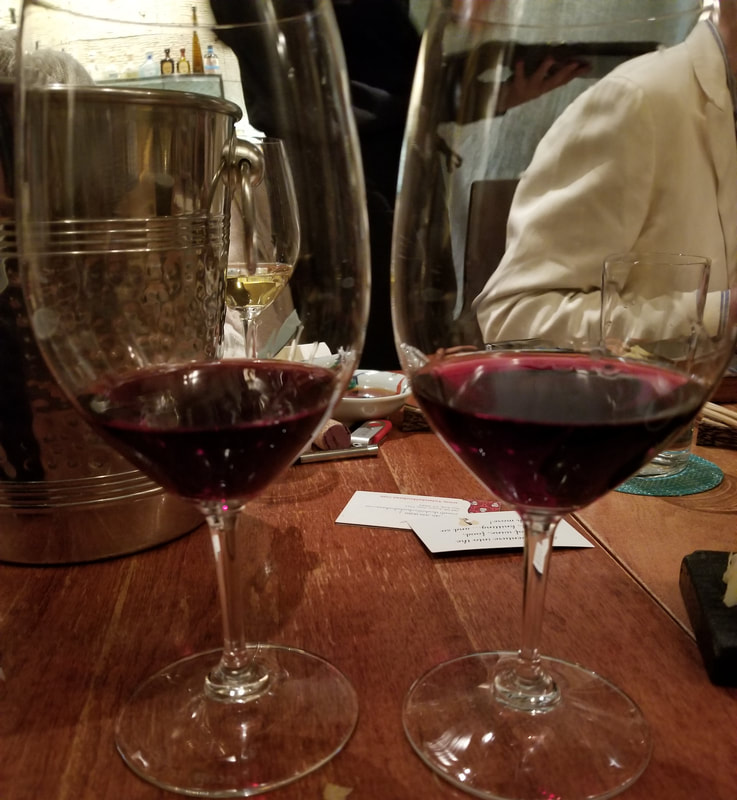
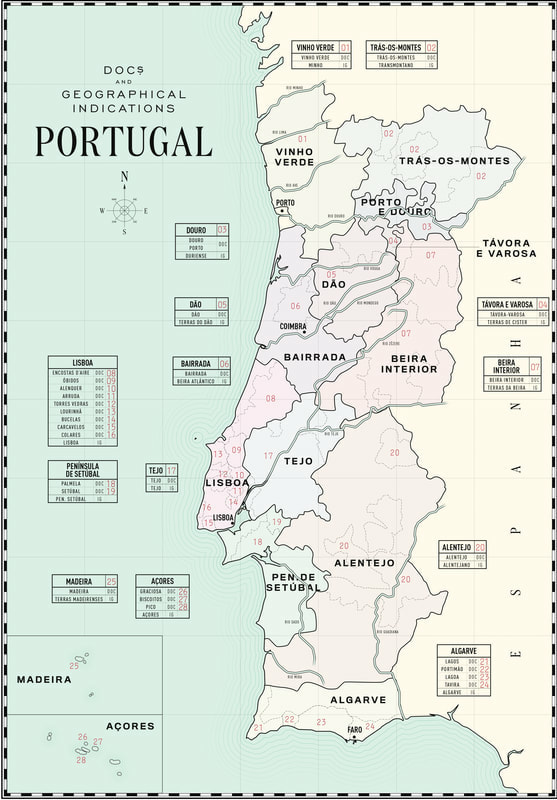

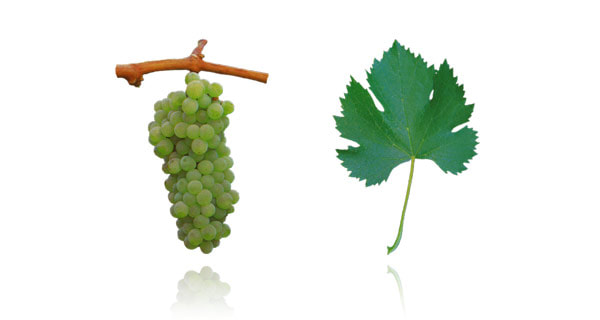
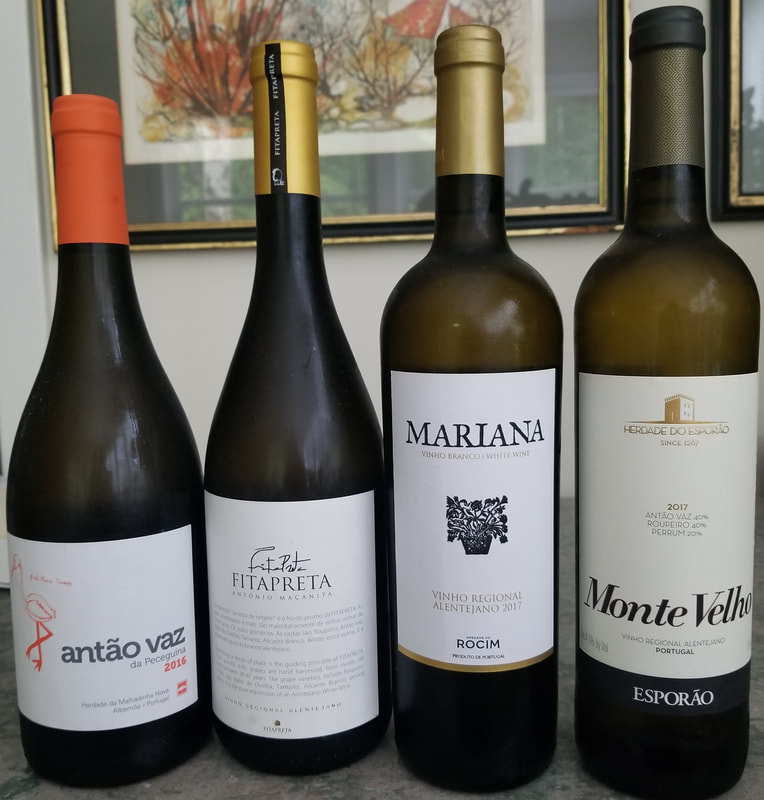
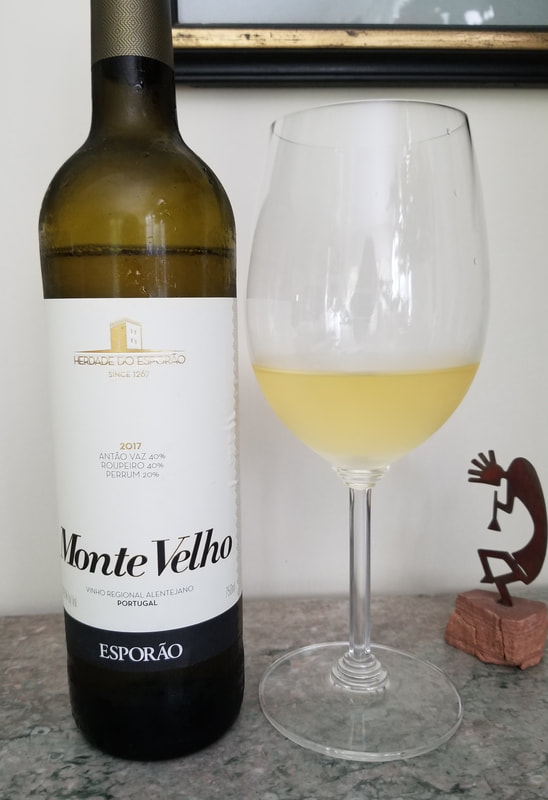
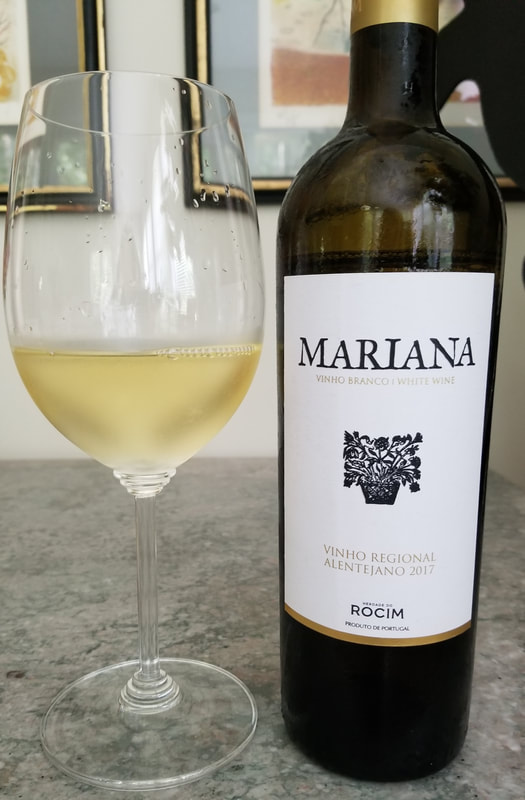
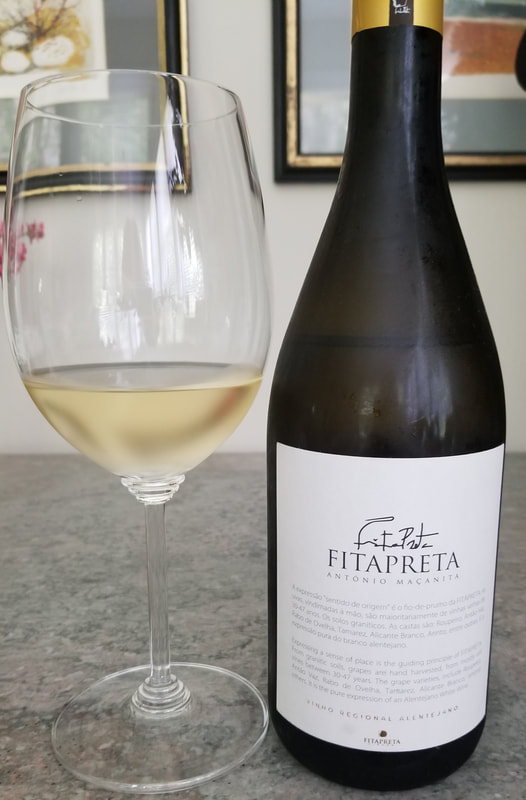
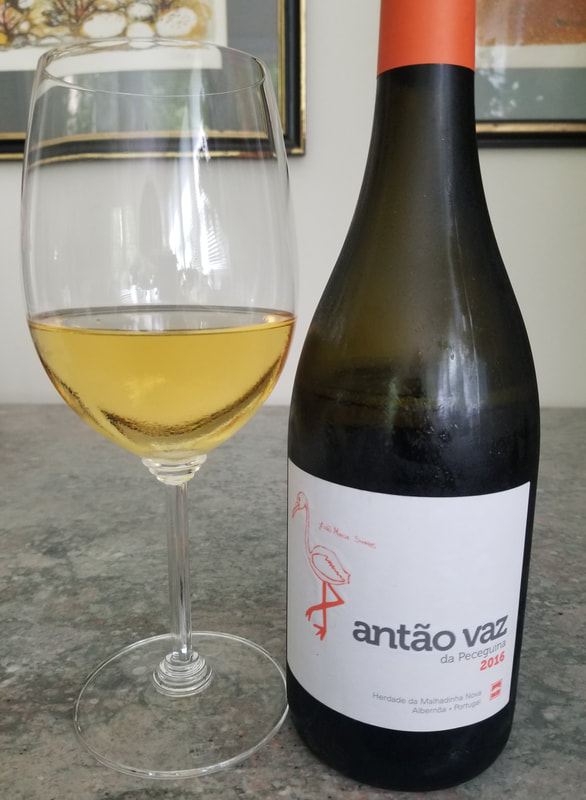
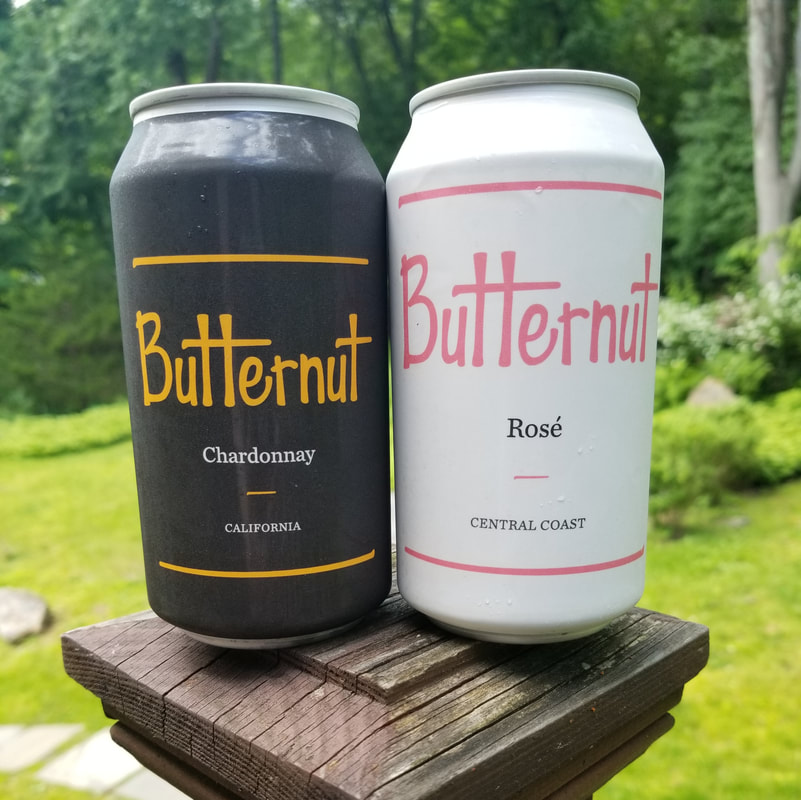
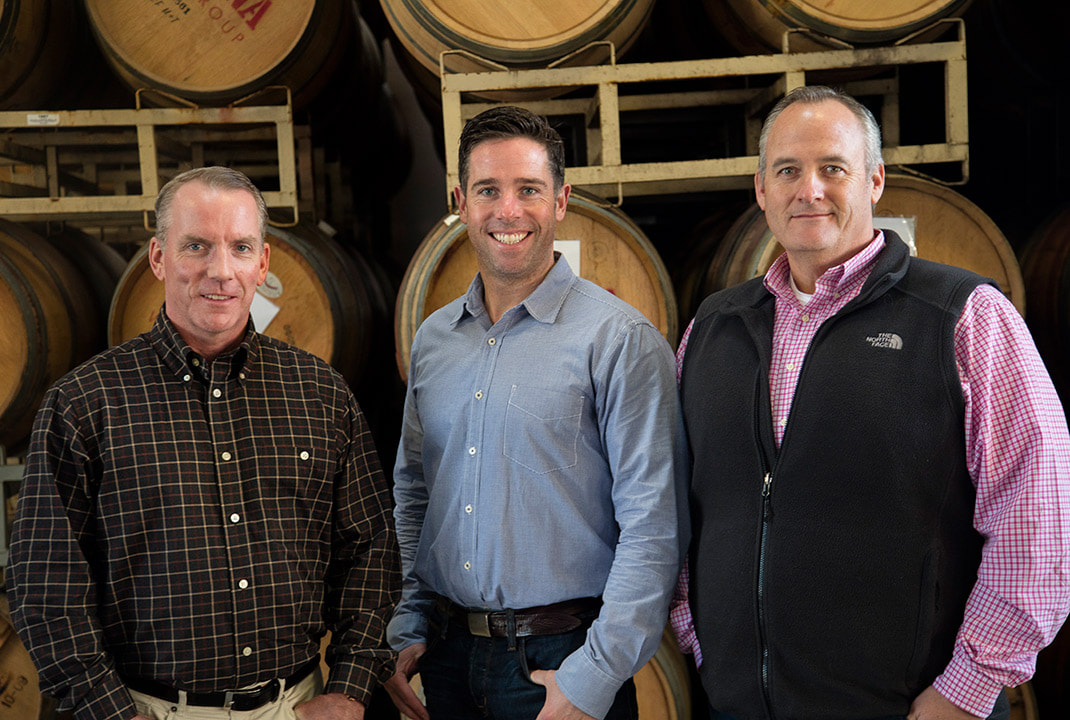
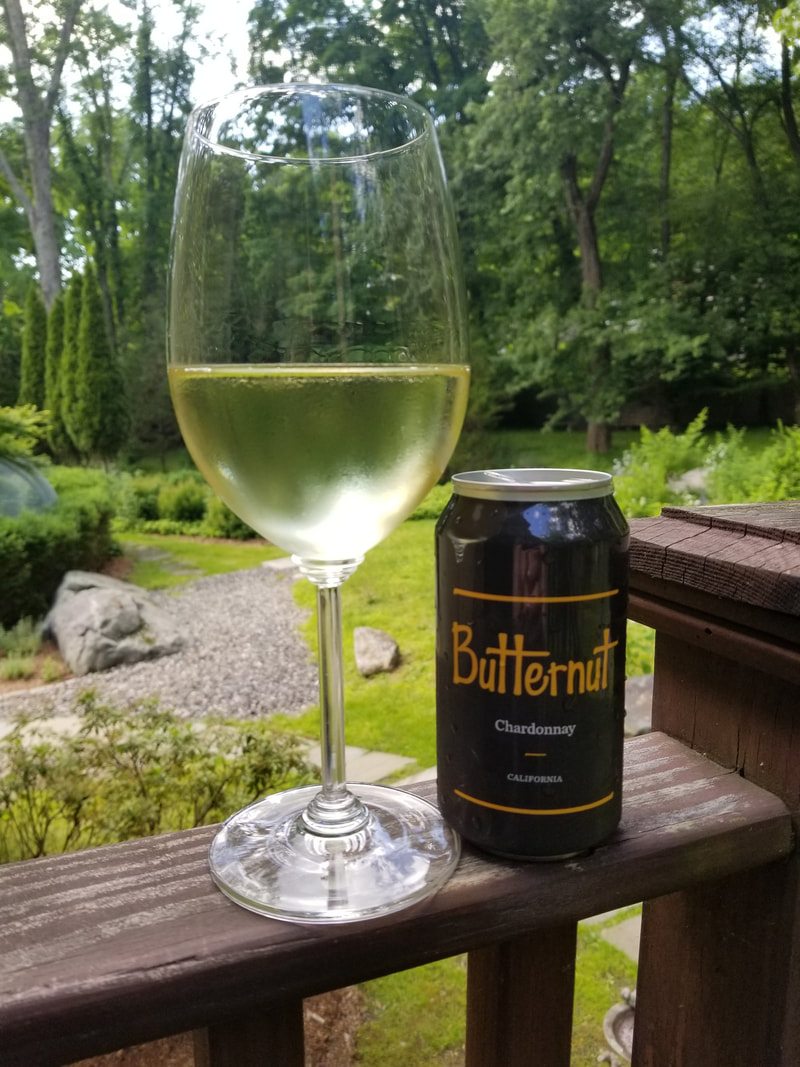
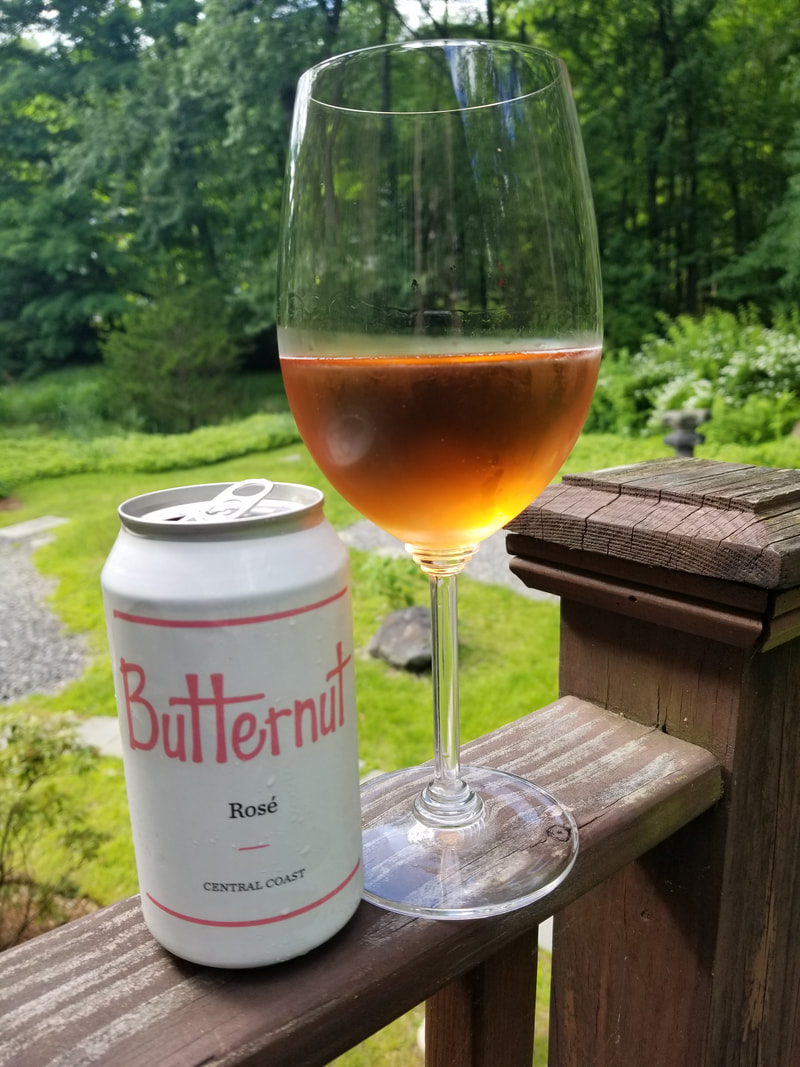
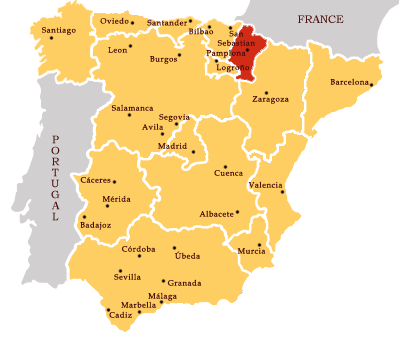
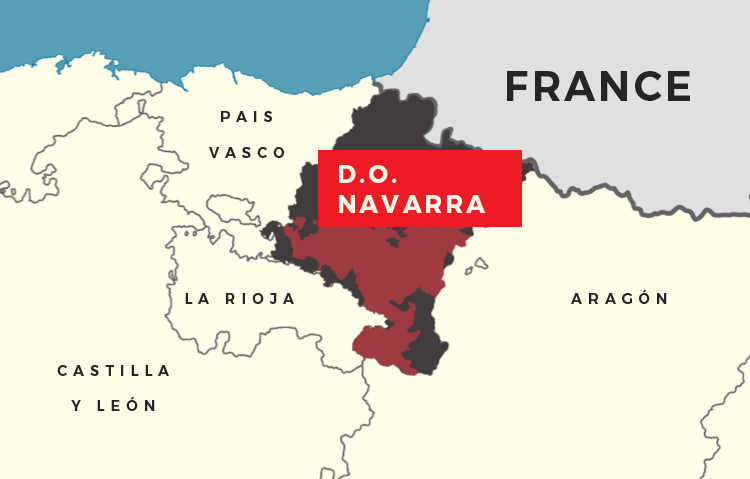
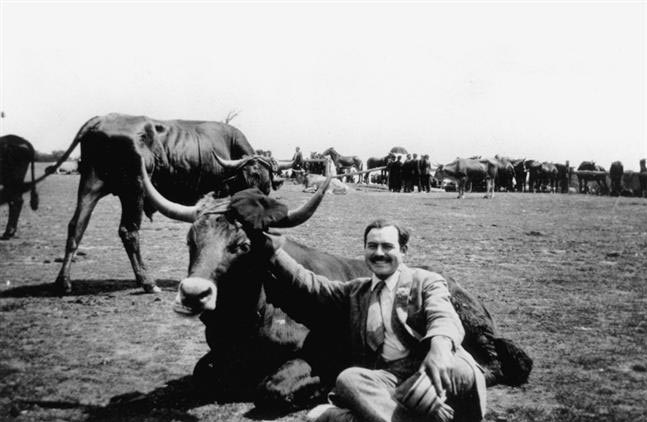
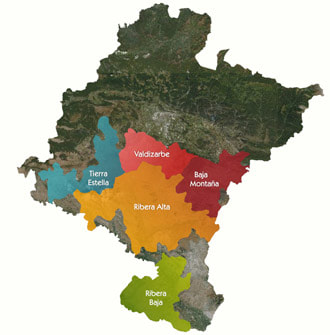
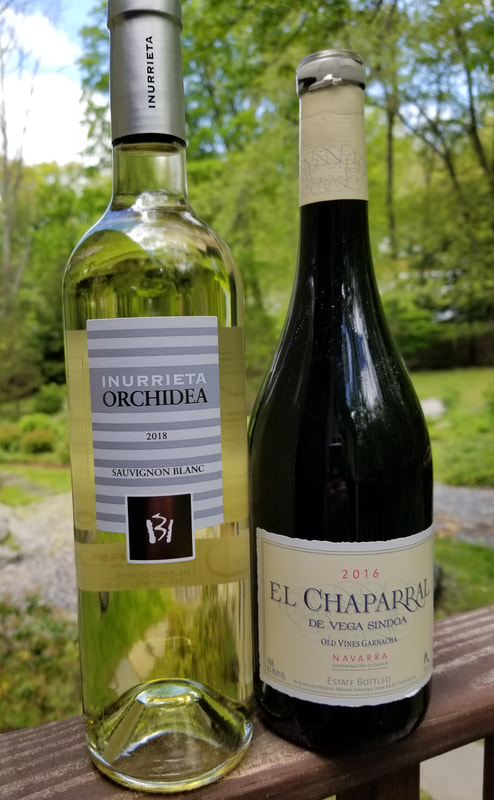
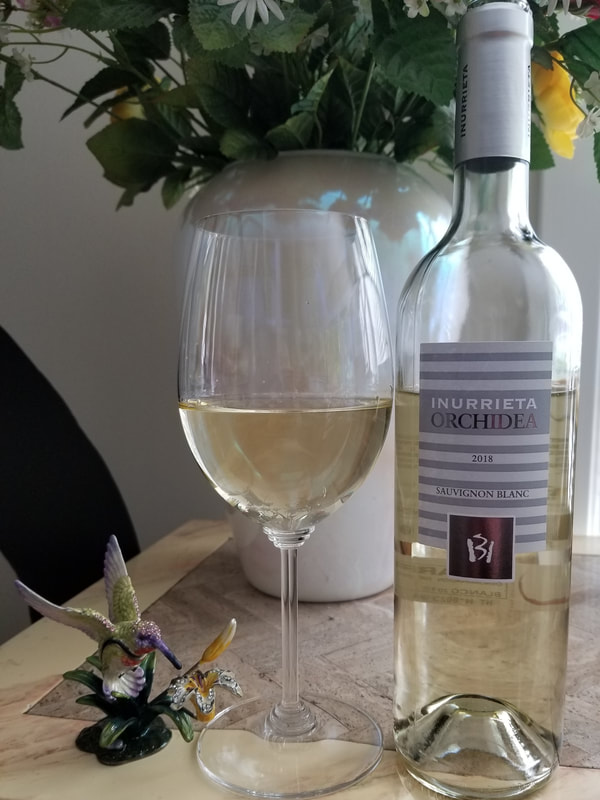
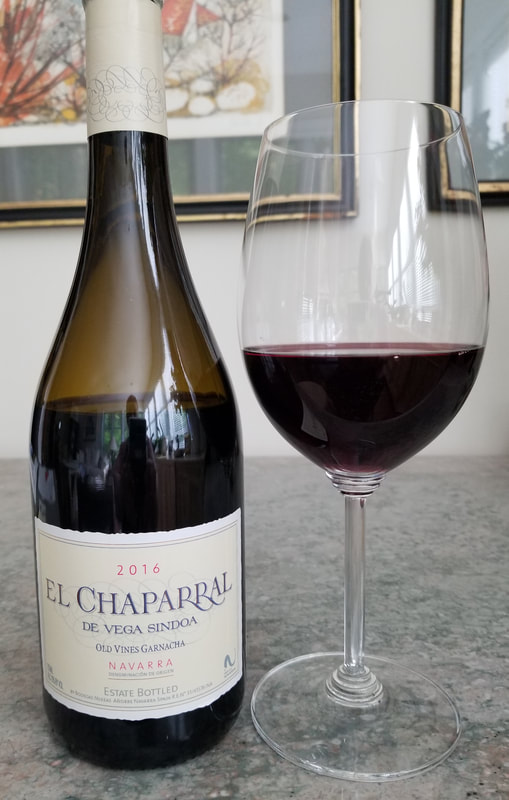
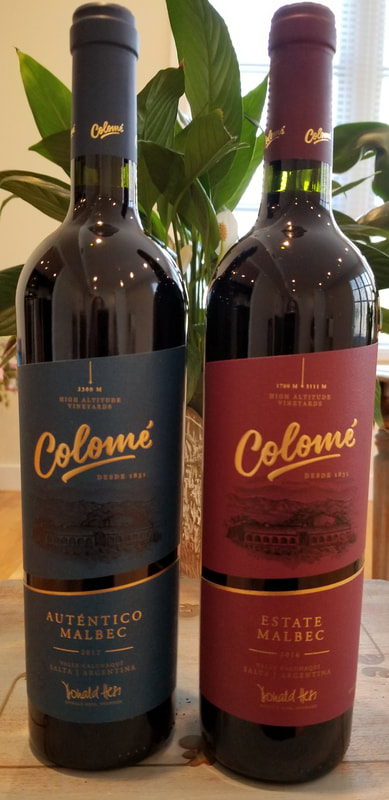
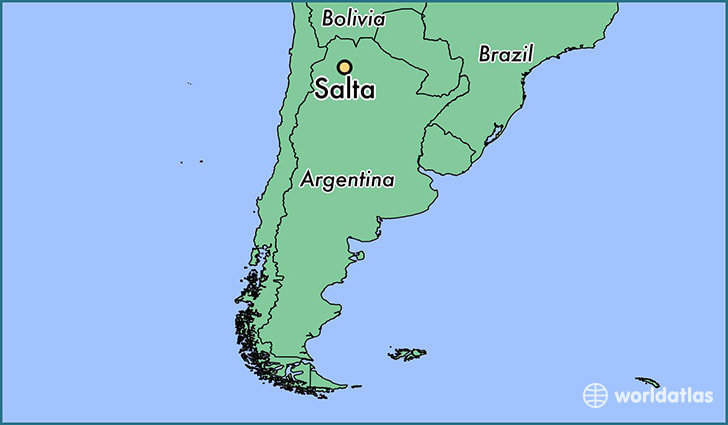
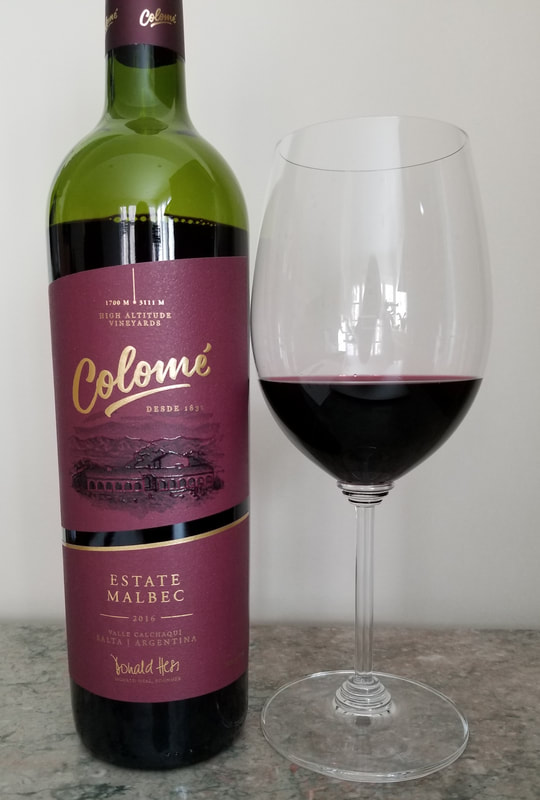
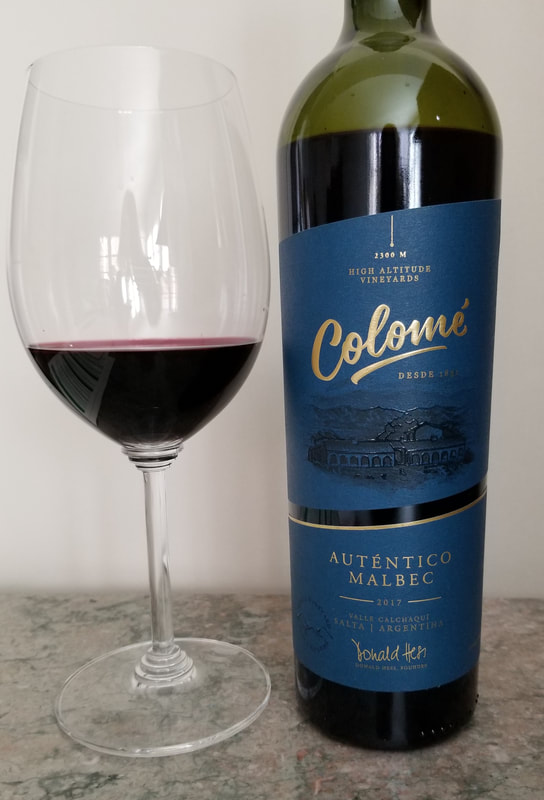
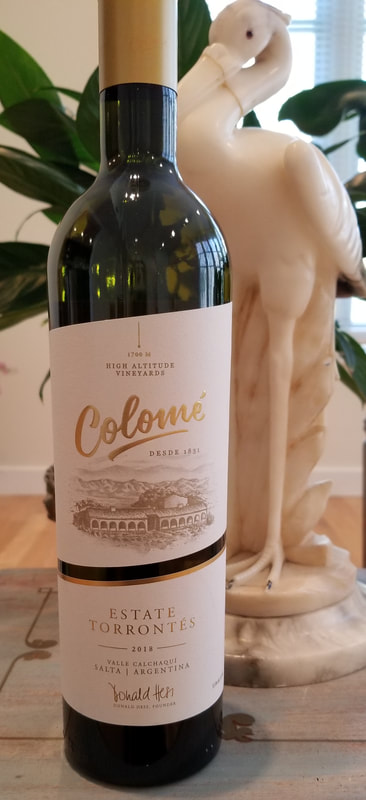

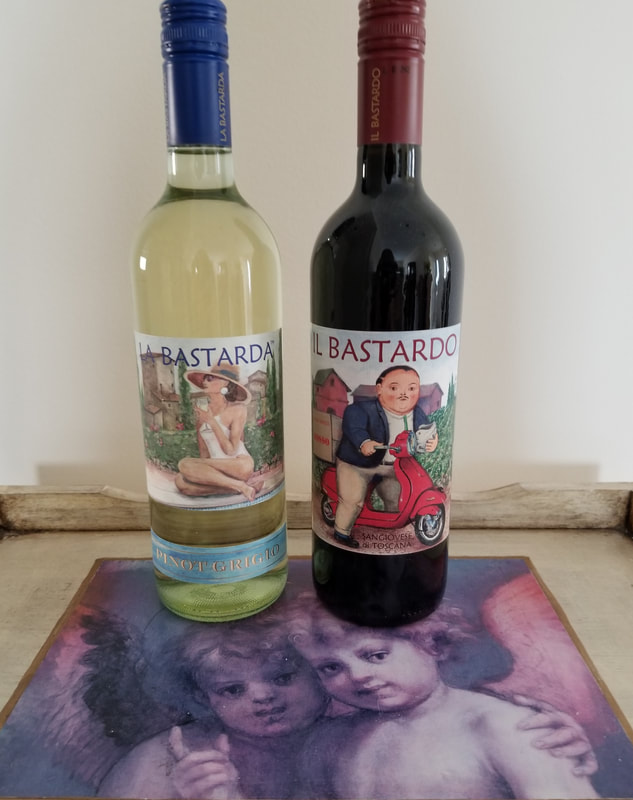
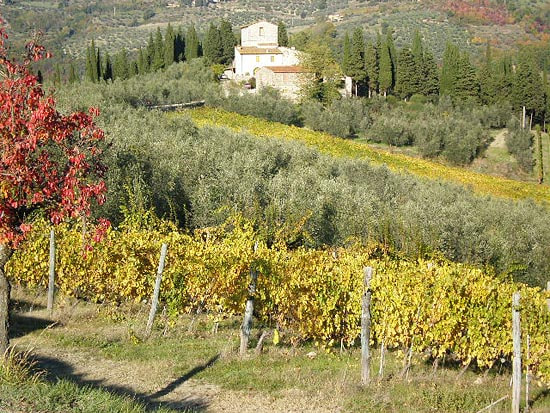
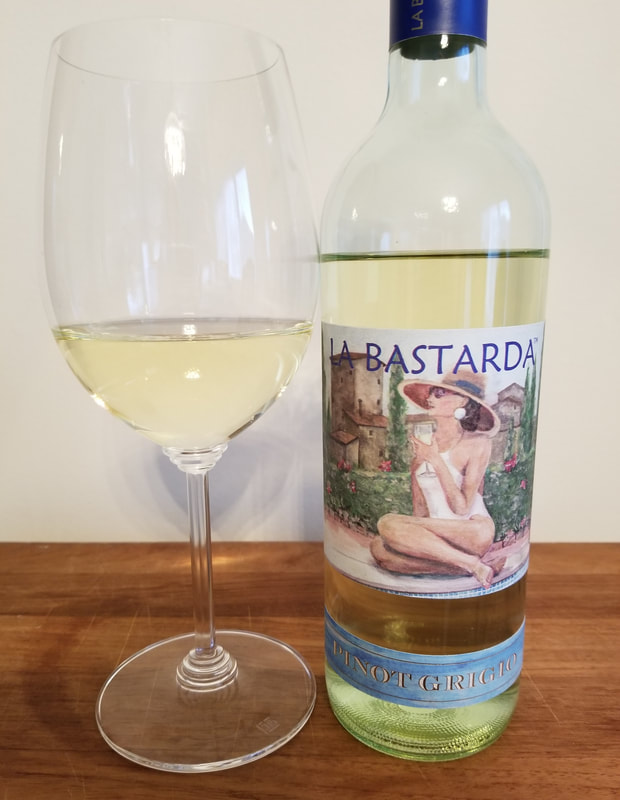
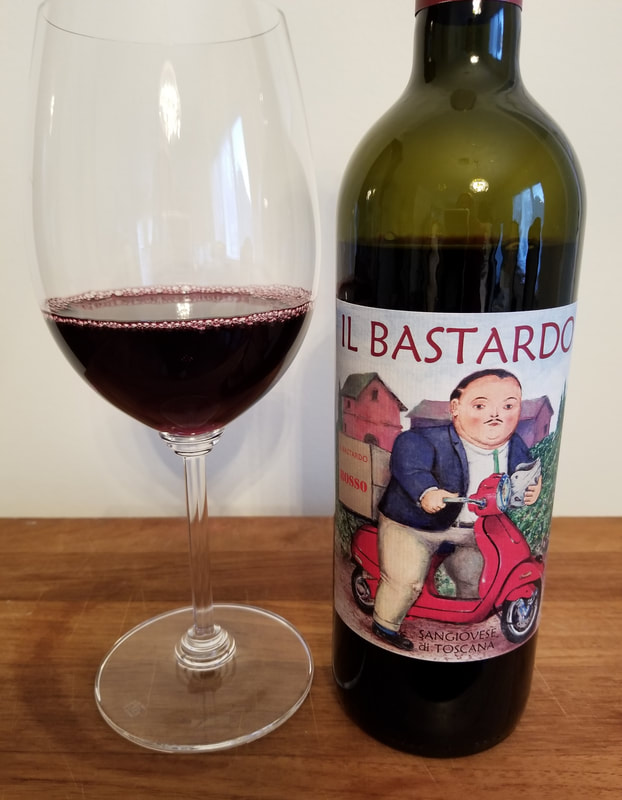
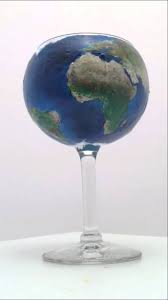
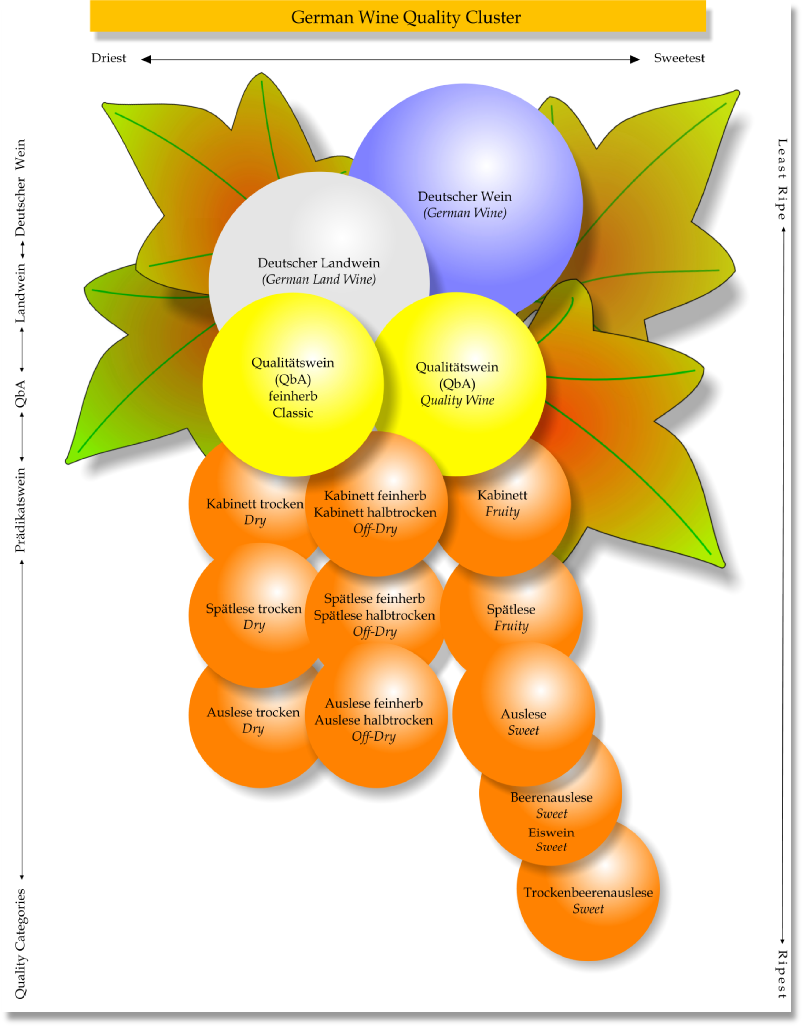
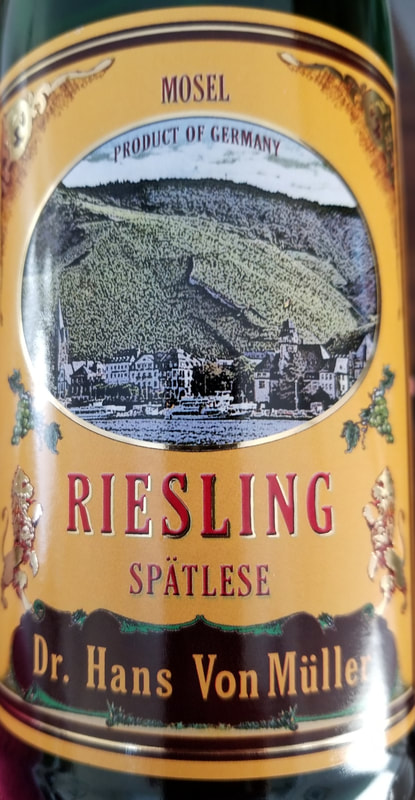
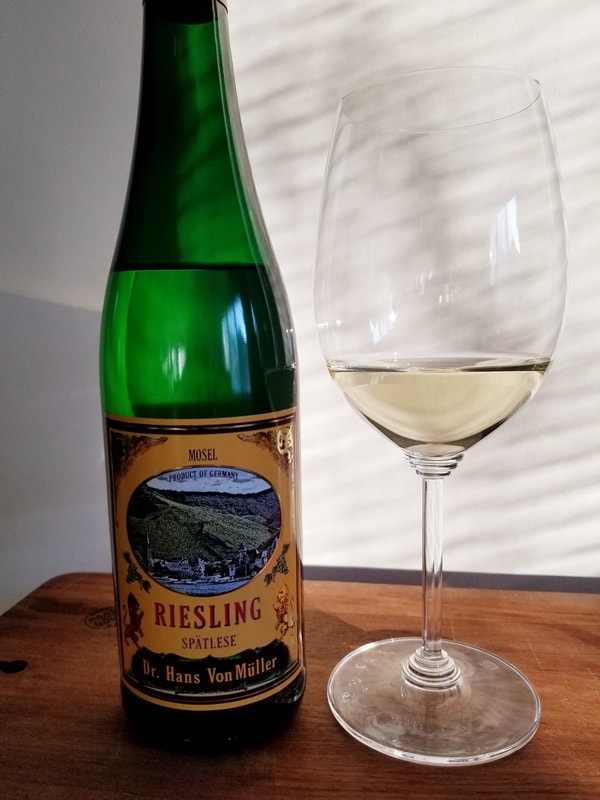
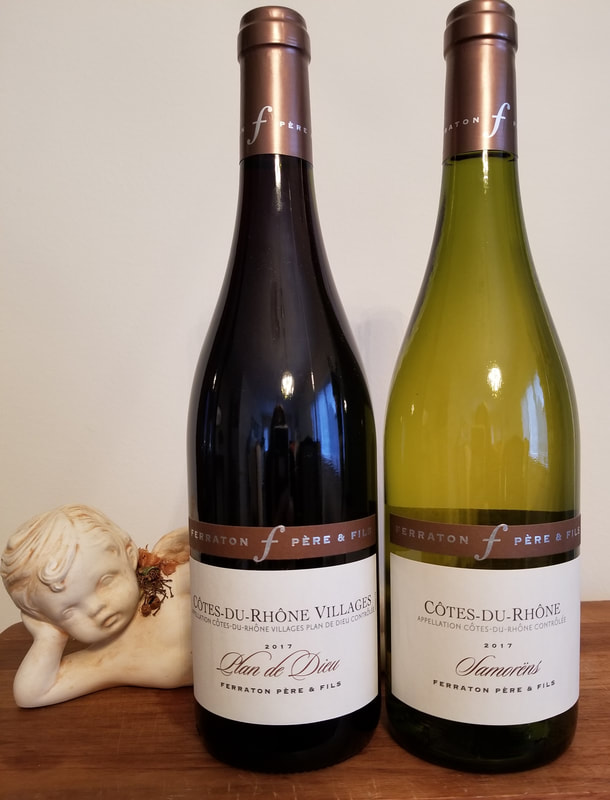
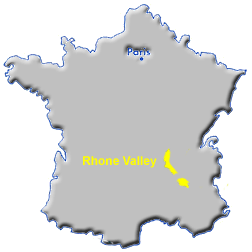
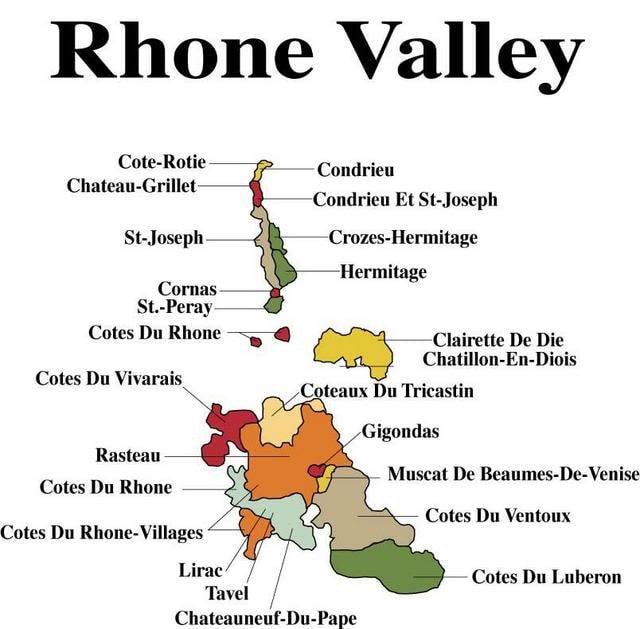
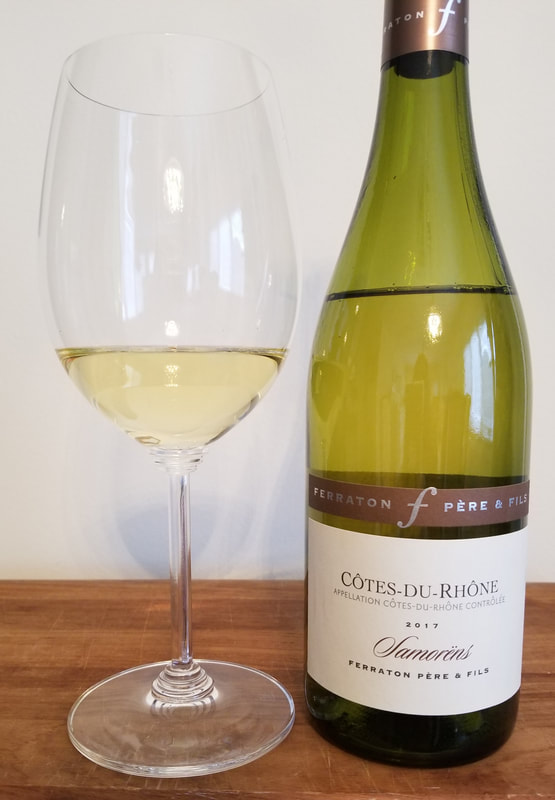
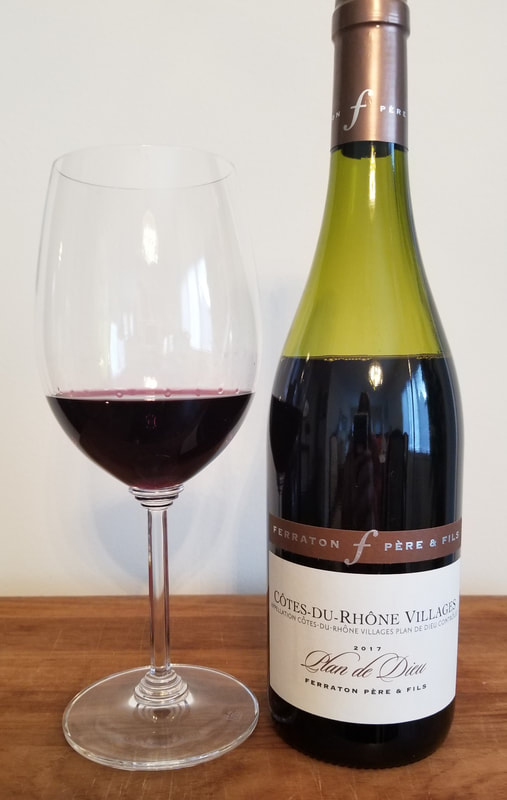
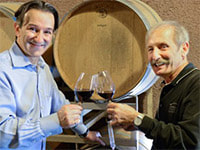
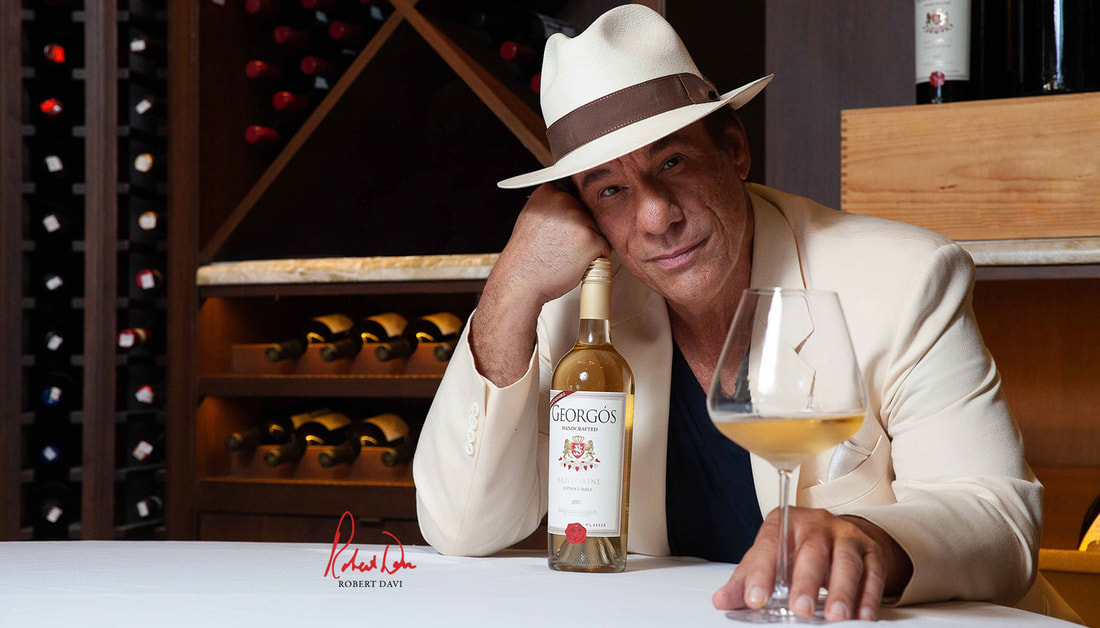
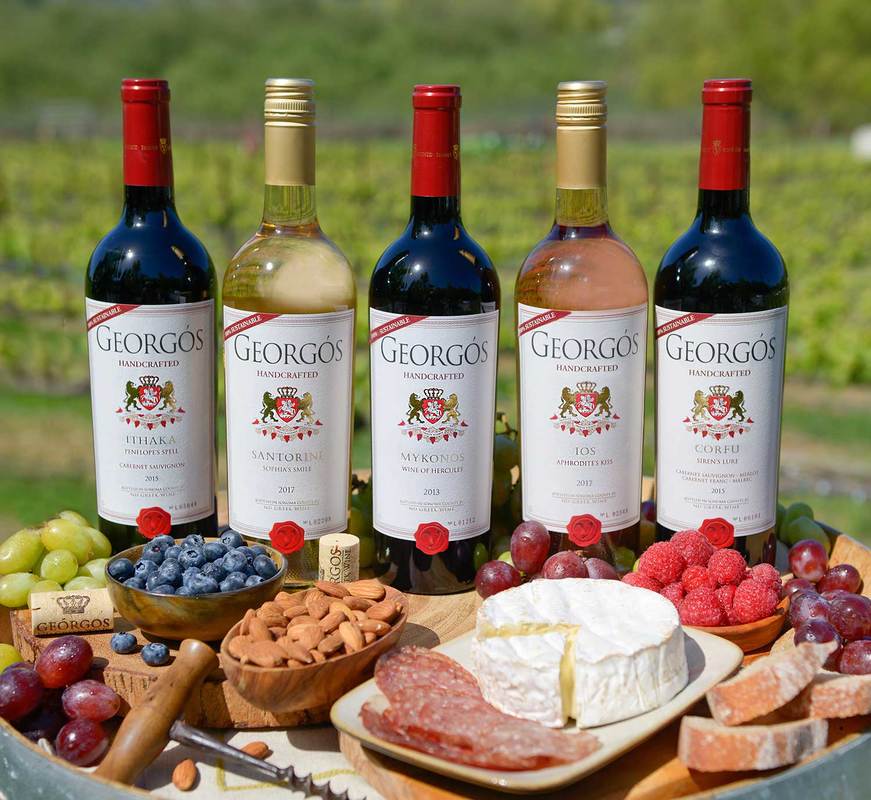

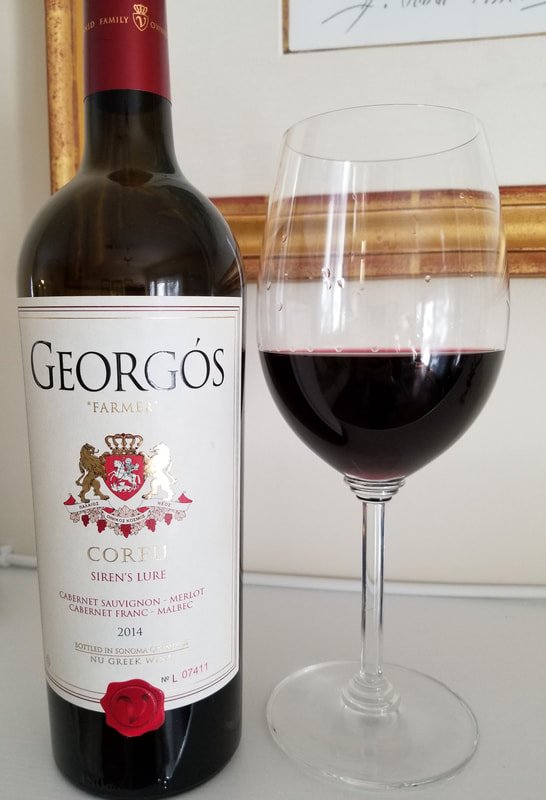
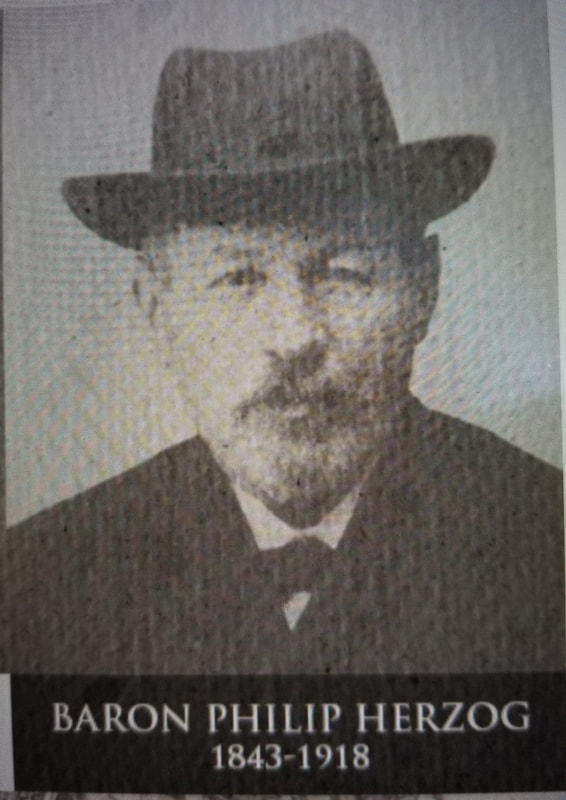
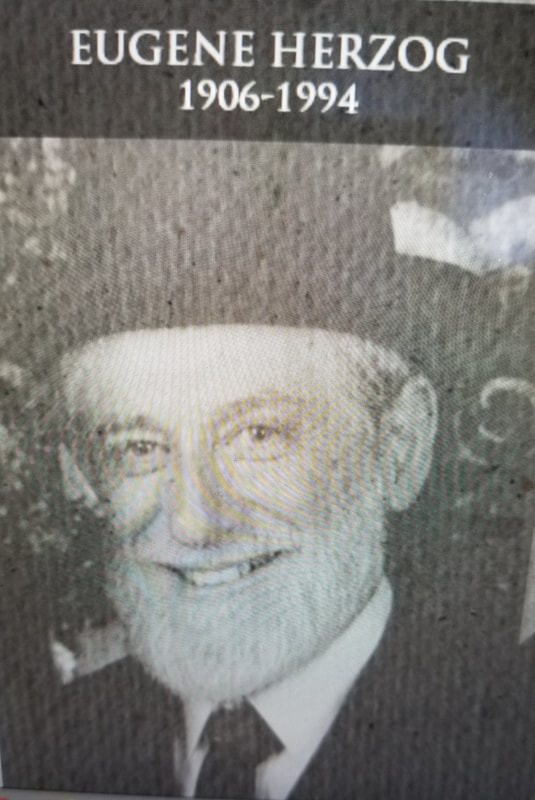

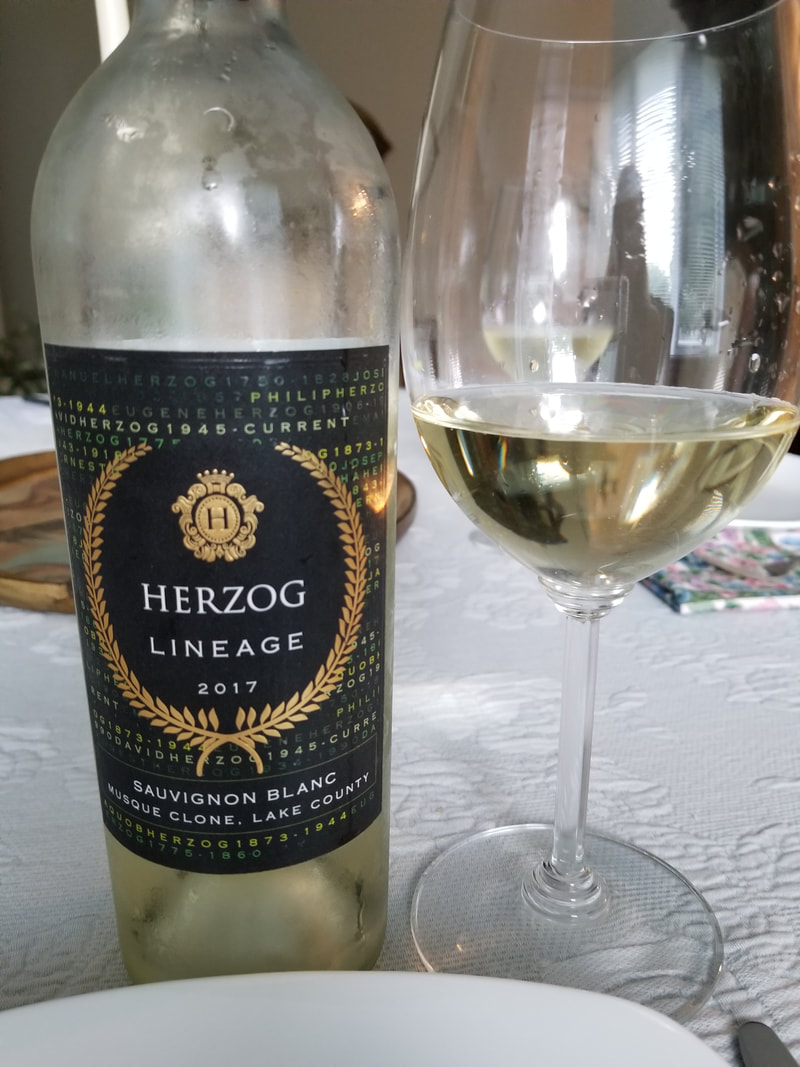
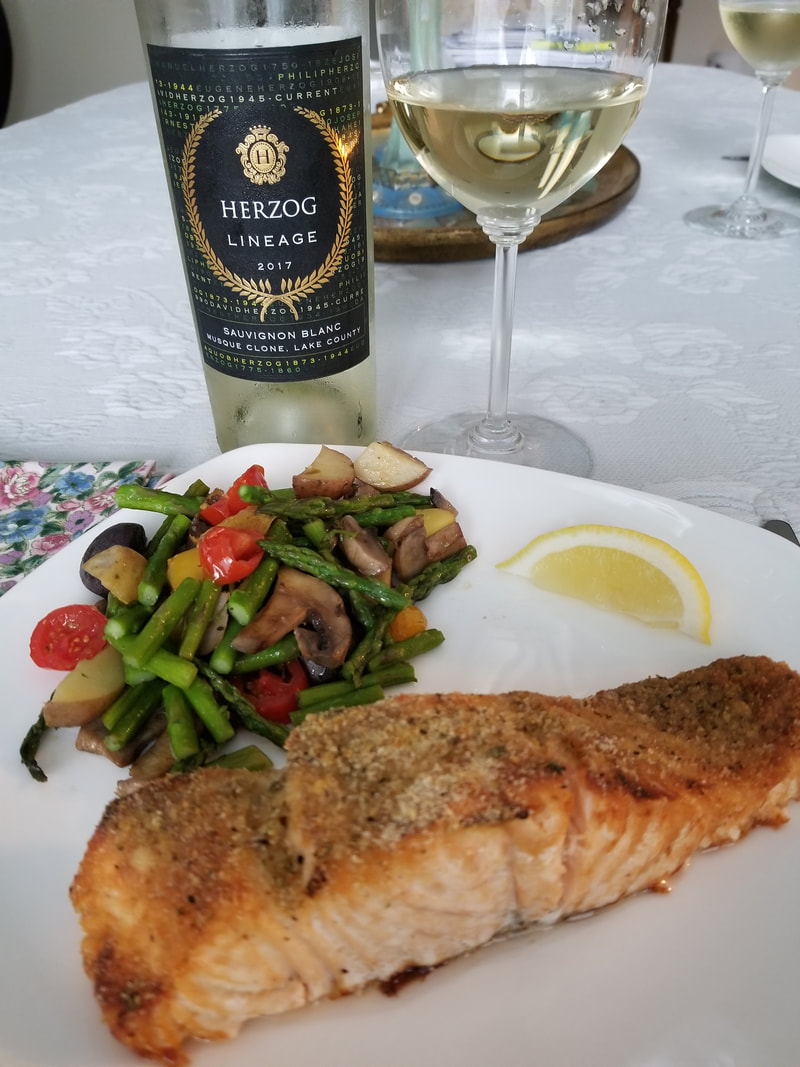
 RSS Feed
RSS Feed